Cleaning detergents
Safe money and the environment
Vinegar and bicarb are really great products for cleaning. They are...
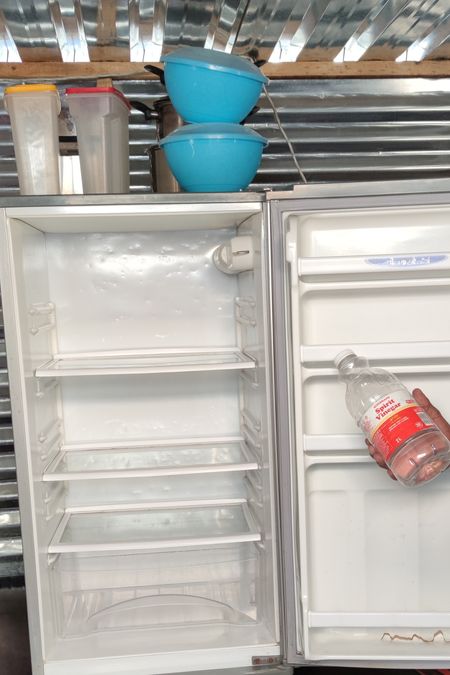
Making your own soap can be an exciting experience! Handwashing with soap is critical in the fight against diseases, yet only 3 out of 5 people worldwide have basic handwashing facilities with water and soap. Unlike the conventional soap you can buy, this one doesn’t harm the skin and even promotes hydration to it. Since there’s a need for quite a lot of materials for soap making, this hack is especially suitable if you want to make soap in your community or even start a business.
| Done in | 2 hours + 4 weeks waiting |
|---|---|
| Skill level | expert |
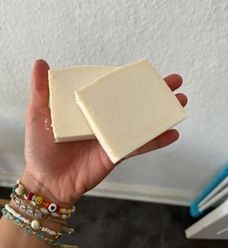
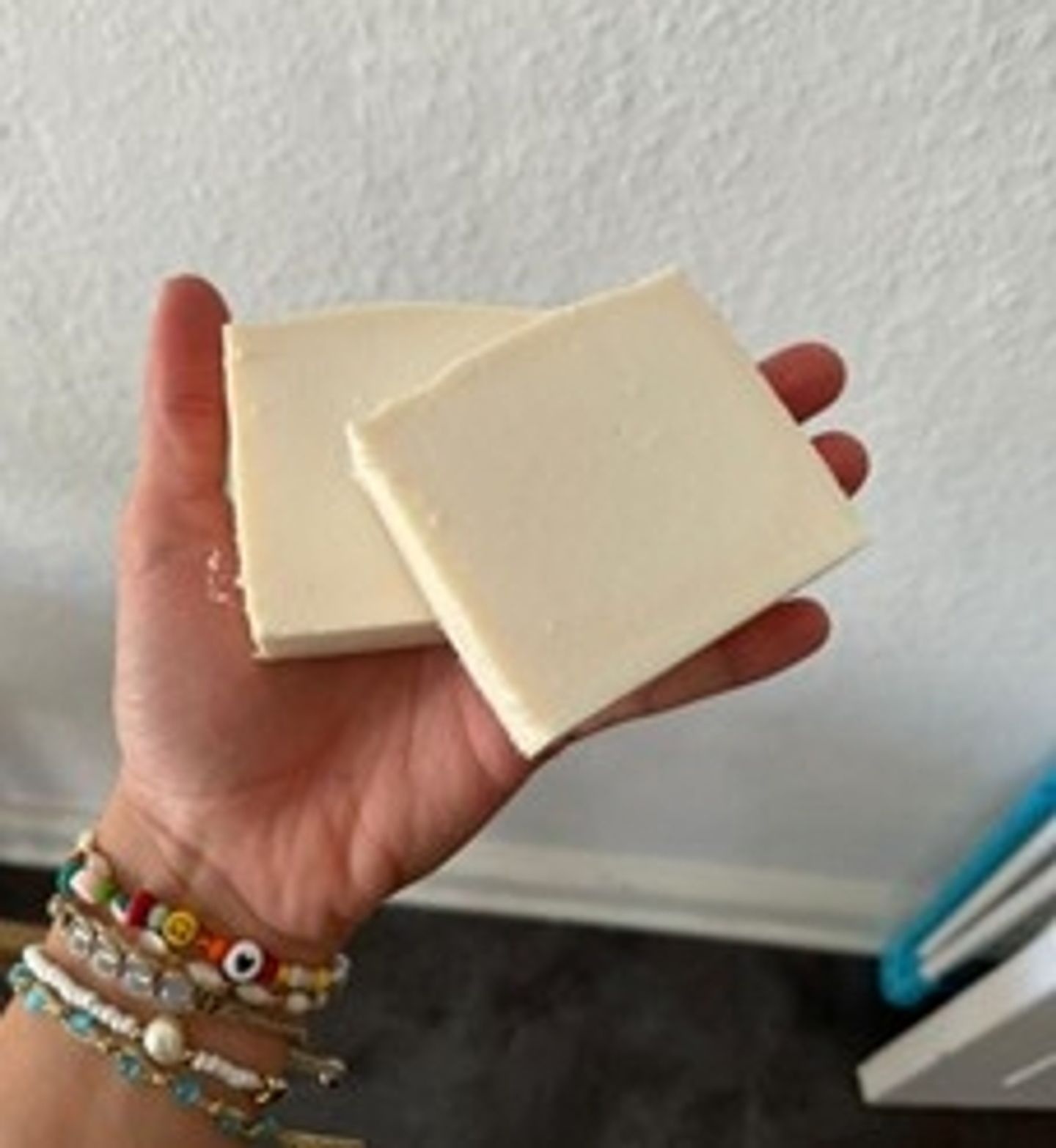

Published under CC:BY-SA by
Viva con Agua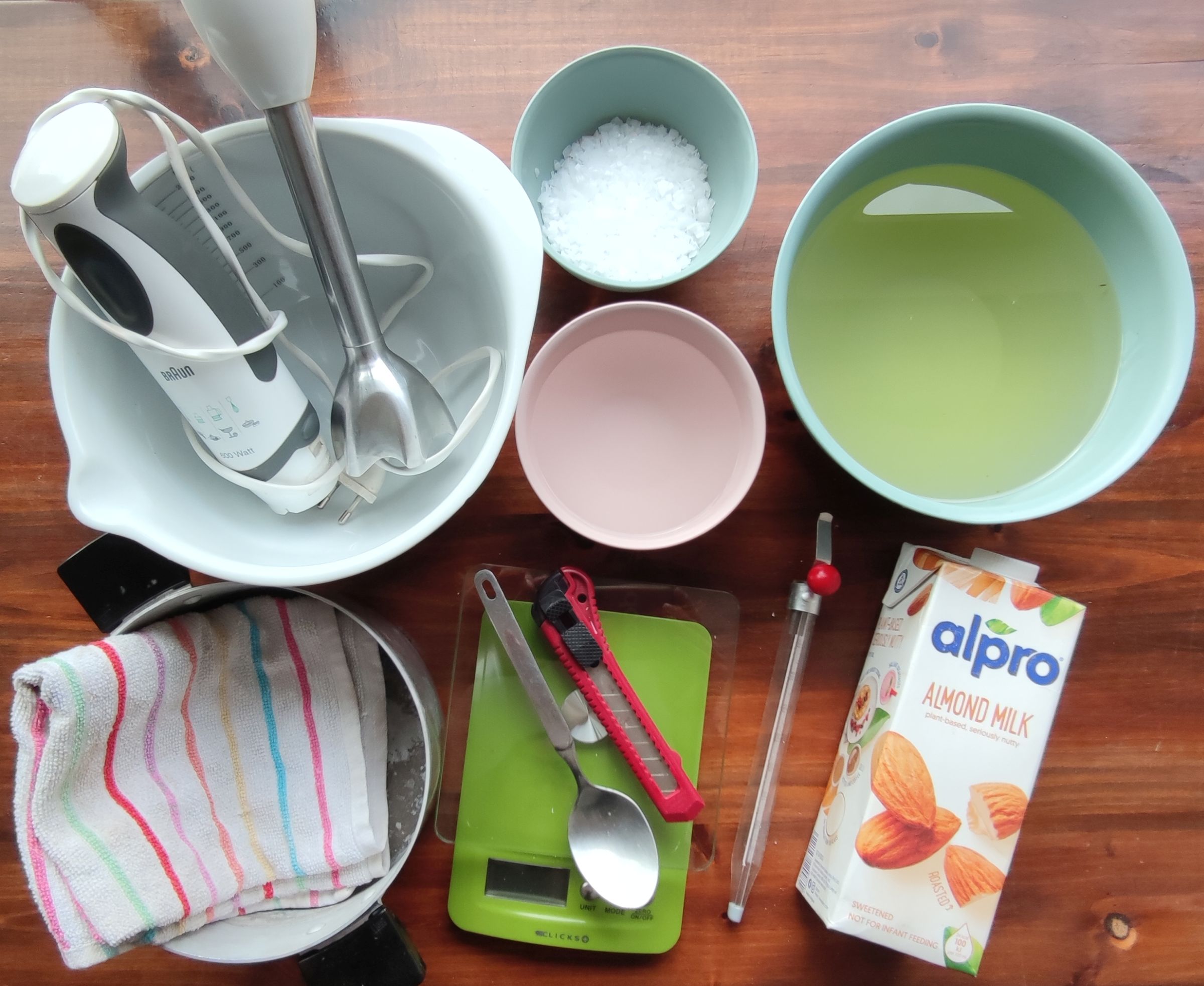
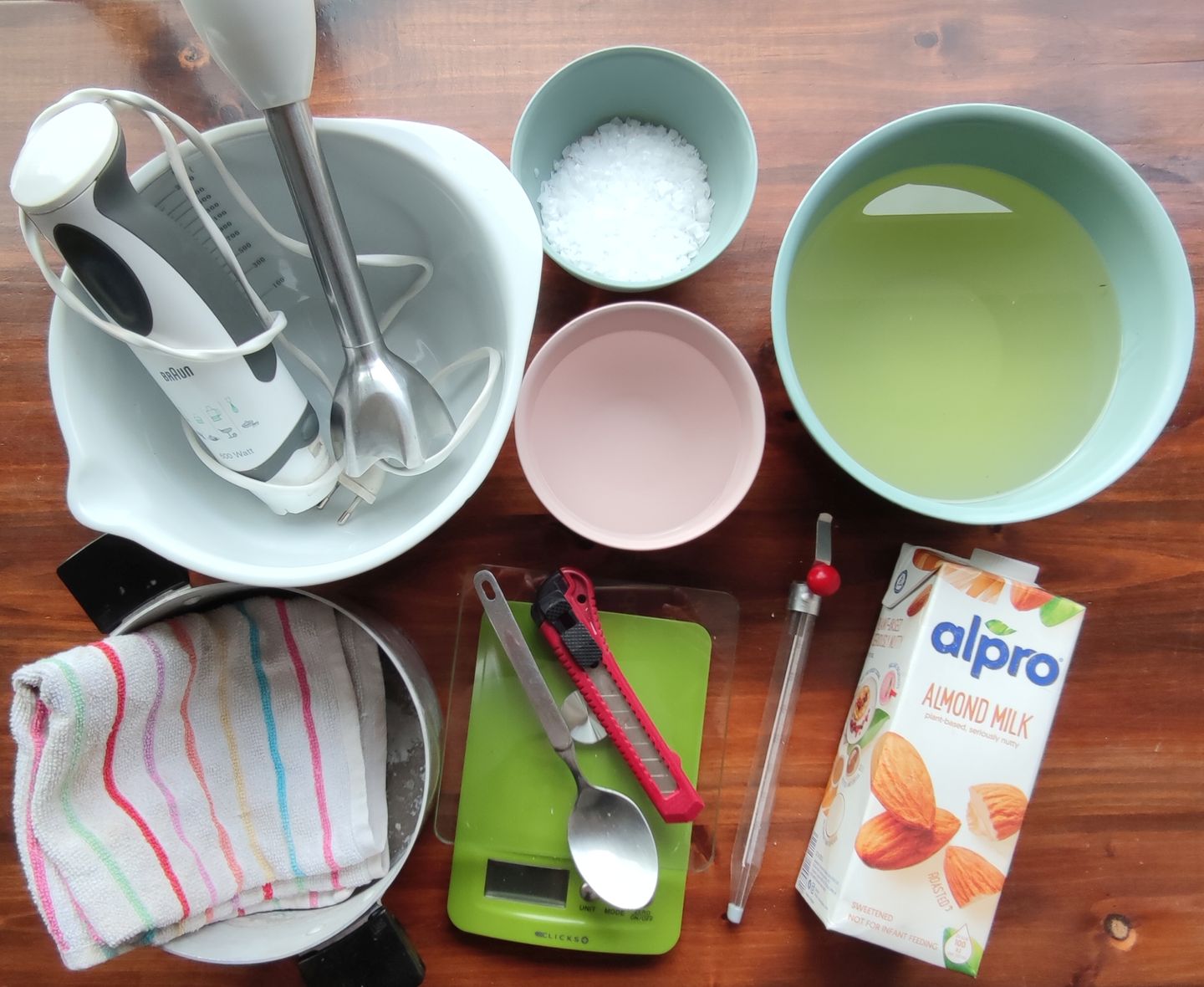
Please DO NOT use kitchen items that you use to cook to make your soap. Your soap supplies should be strictly soap supplies. Please get ALL supplies and ingredients before making soap. You can NOT substitute ingredients in the recipe as oils turn into soap in different amounts - if you use a different oil in place of the Canola oil you will not end up with soap when you’re done.
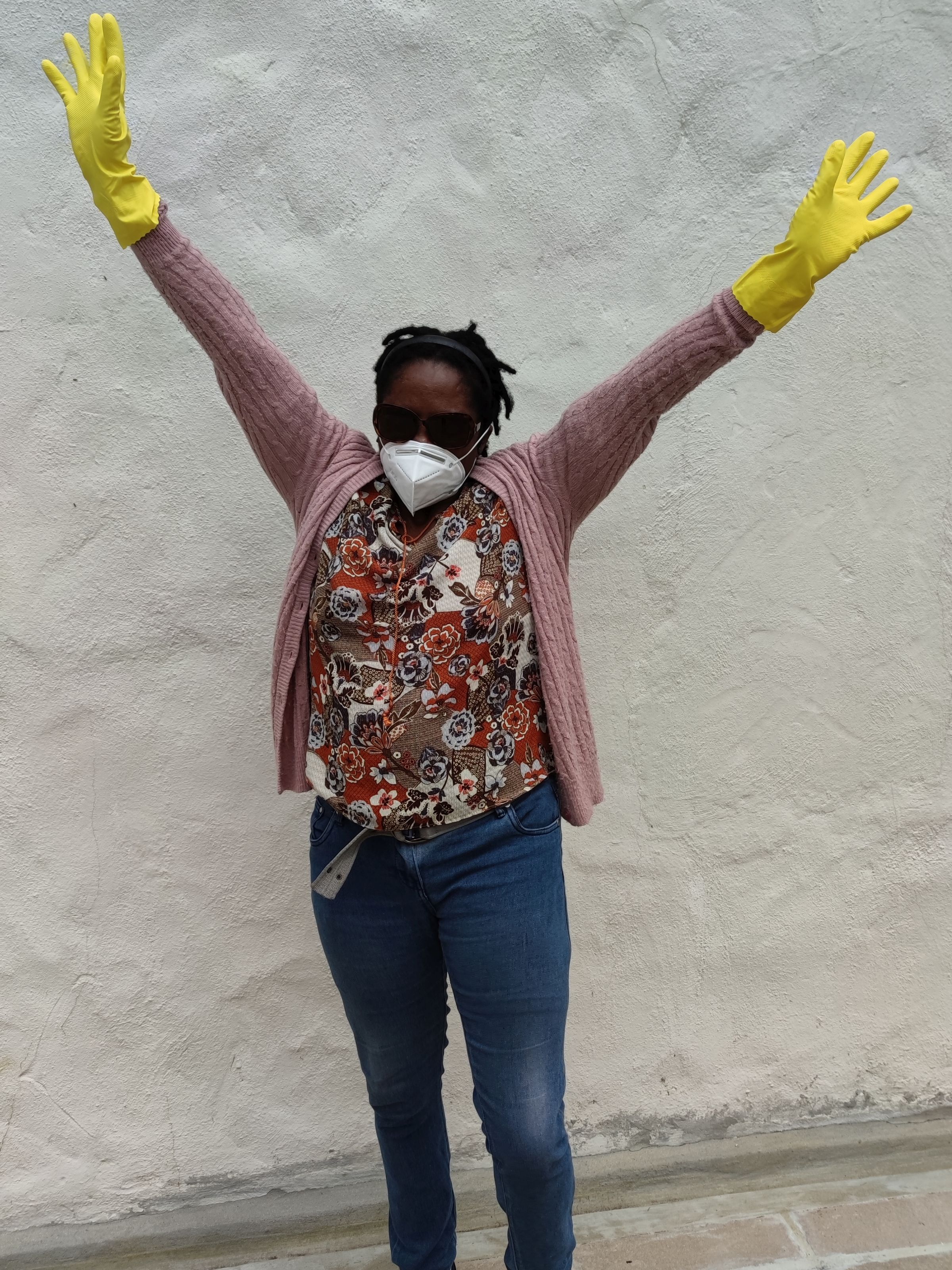

Clean your working bench or table. Make sure that pets and children are out of the working area.
⚠Caution! You are working with hot oils and caustic soda - this is dangerous, so you have to be really really careful.
Please put on your safety gear. It is a must! Long exposure to caustic soda results in long-term lung damage. If caustic soda with water (this mixture is called lye) gets on your skin you should take off any lye-contaminated clothes. Right after, thoroughly rinse with water for at least 15 minutes. Look for medical help immediately if it gets in your eyes.
Put everything you will use in this recipe on your bench. This includes the safety equipment, tools and support material and ingredients in this formula. Weight your Canola oil, water and caustic soda.
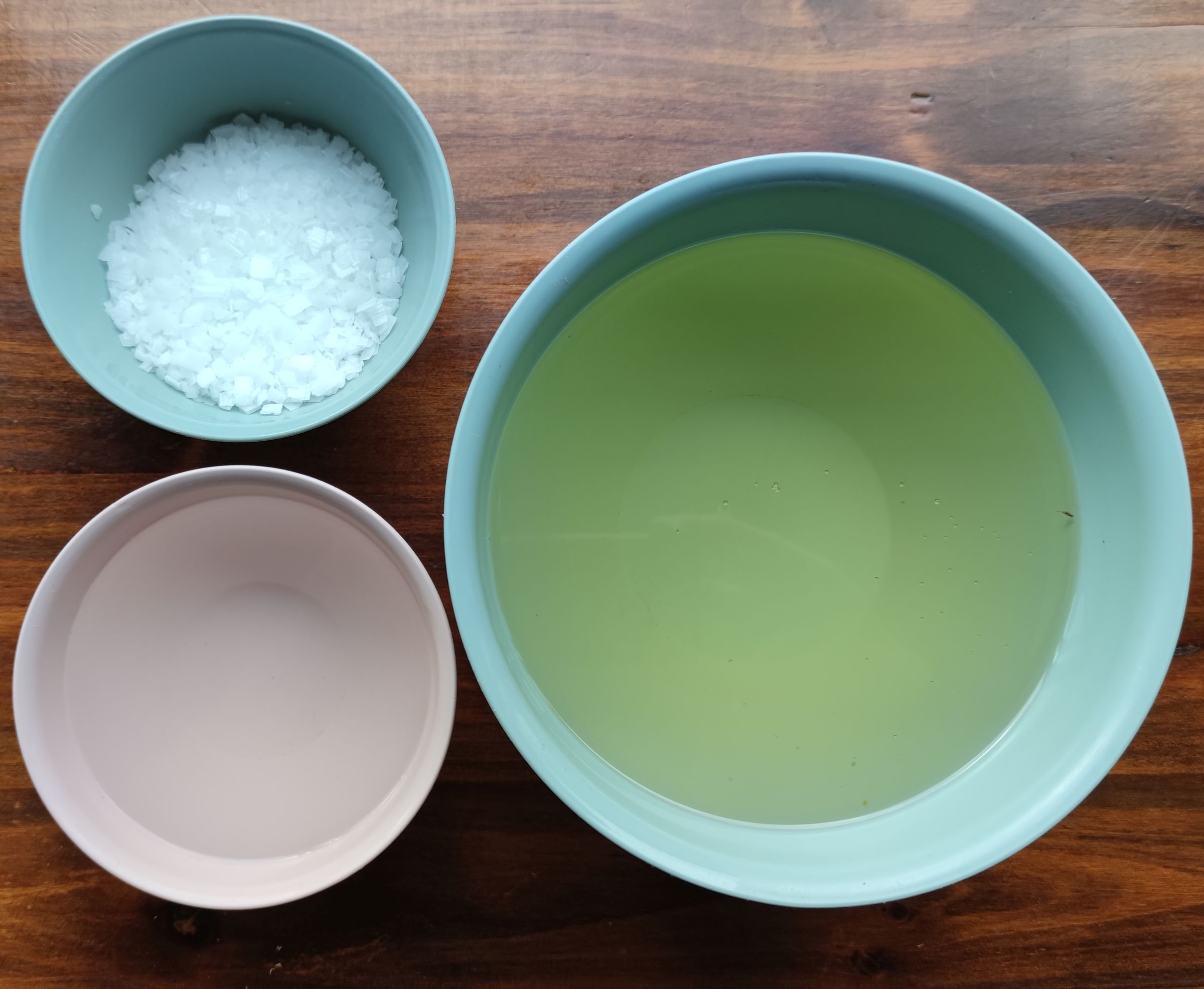


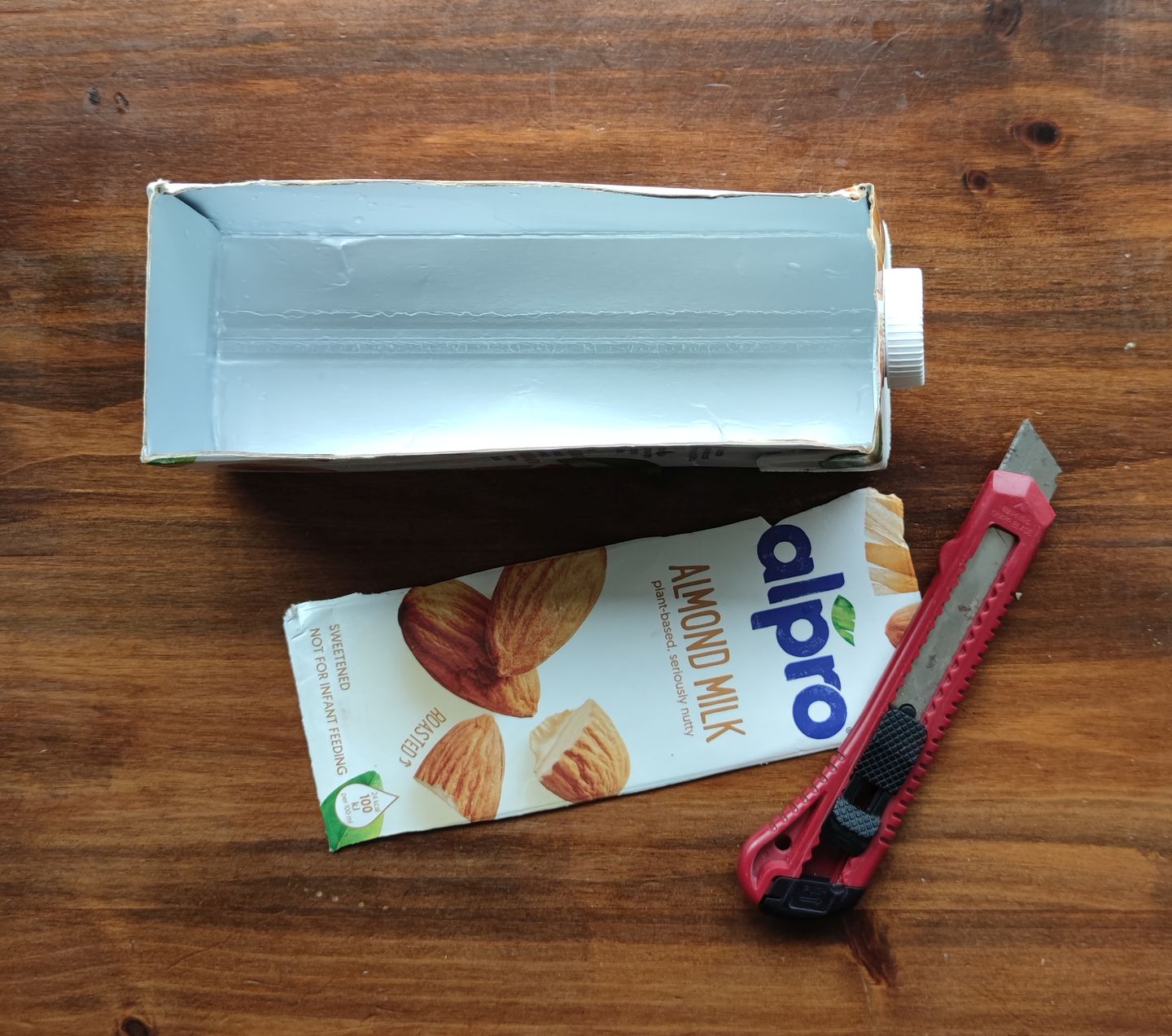
Rinse your milk carton well before you use it as a mold. Cut off one side of the mold.
Prepare the lye by slowly putting the caustic soda into the water, ALWAYS in this order!
Stir until all the crystals have dissolved and the water is clear again. At this point, the temperature of the liquid will be over 80°C. Put the lye in a safe place carefully labelled.
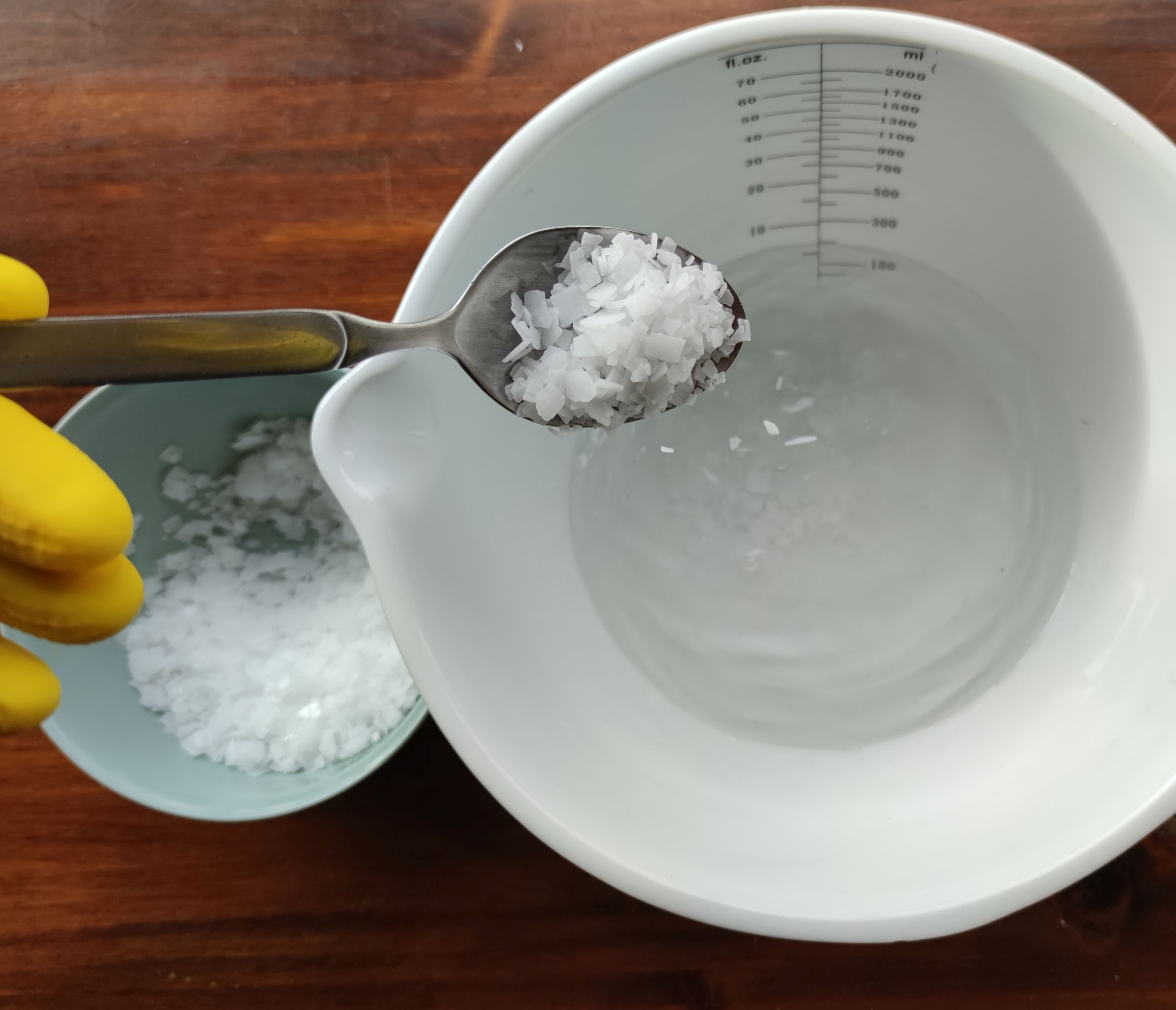
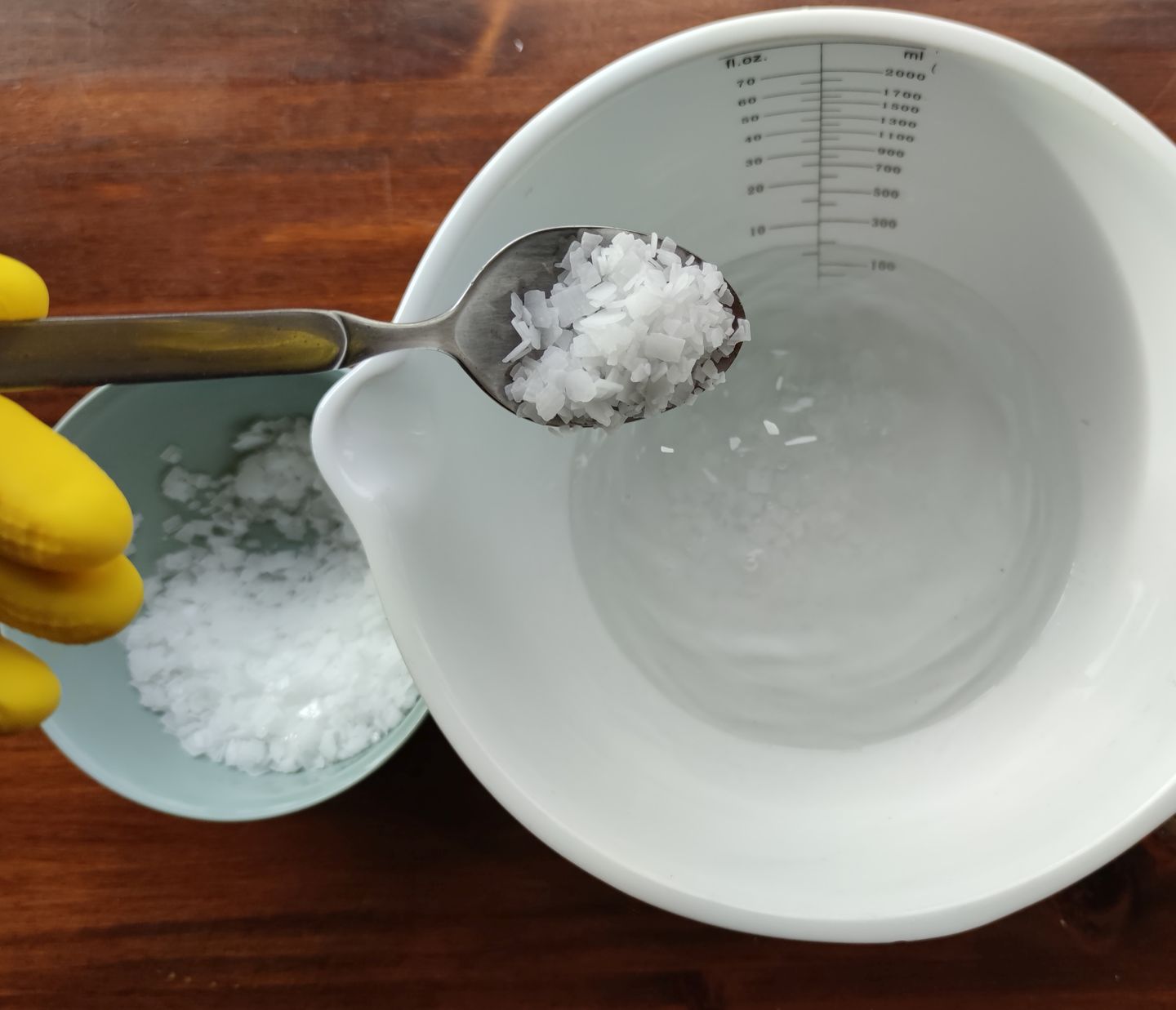
Wear your safety gear!
It has to be 35°C or below.
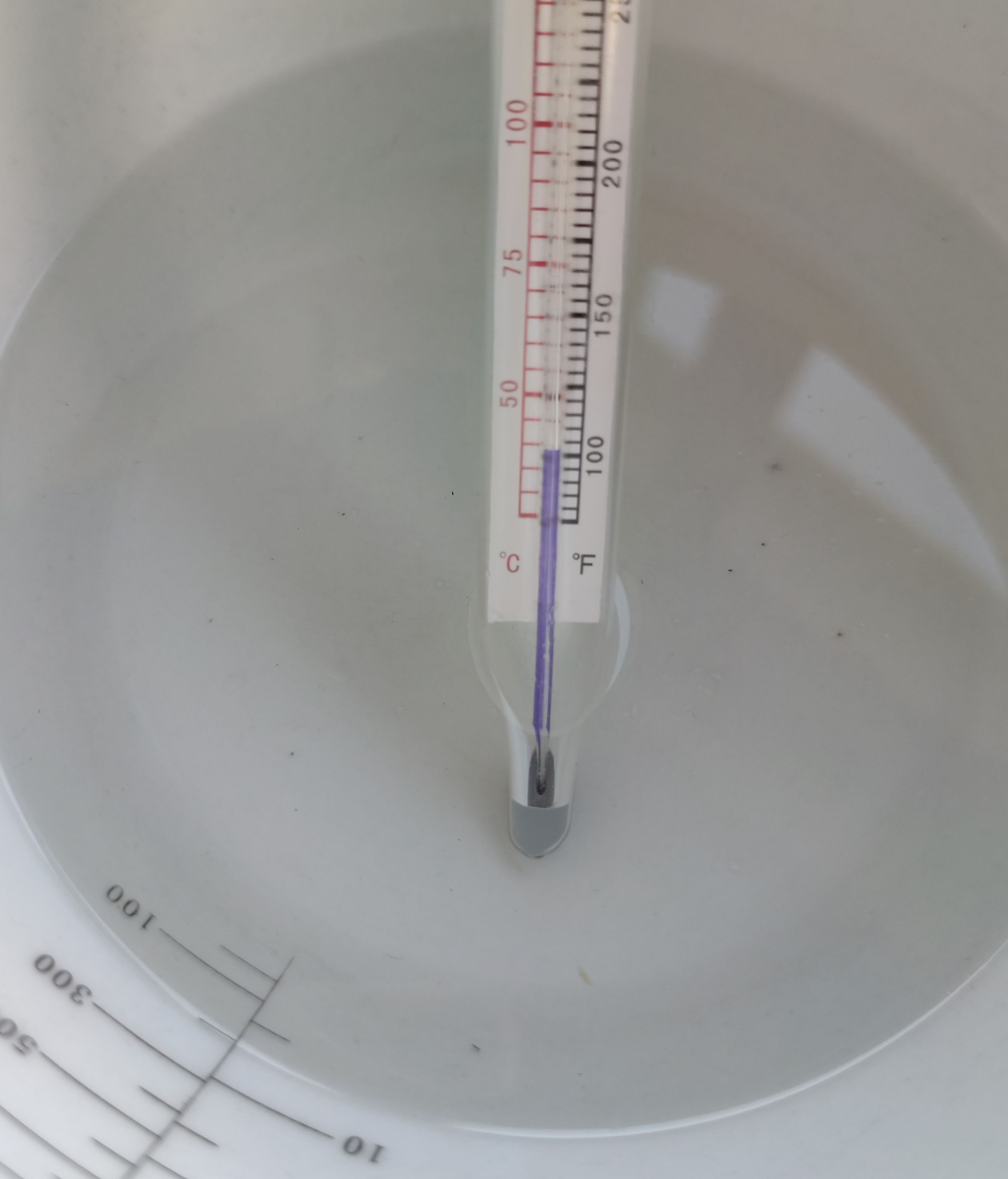
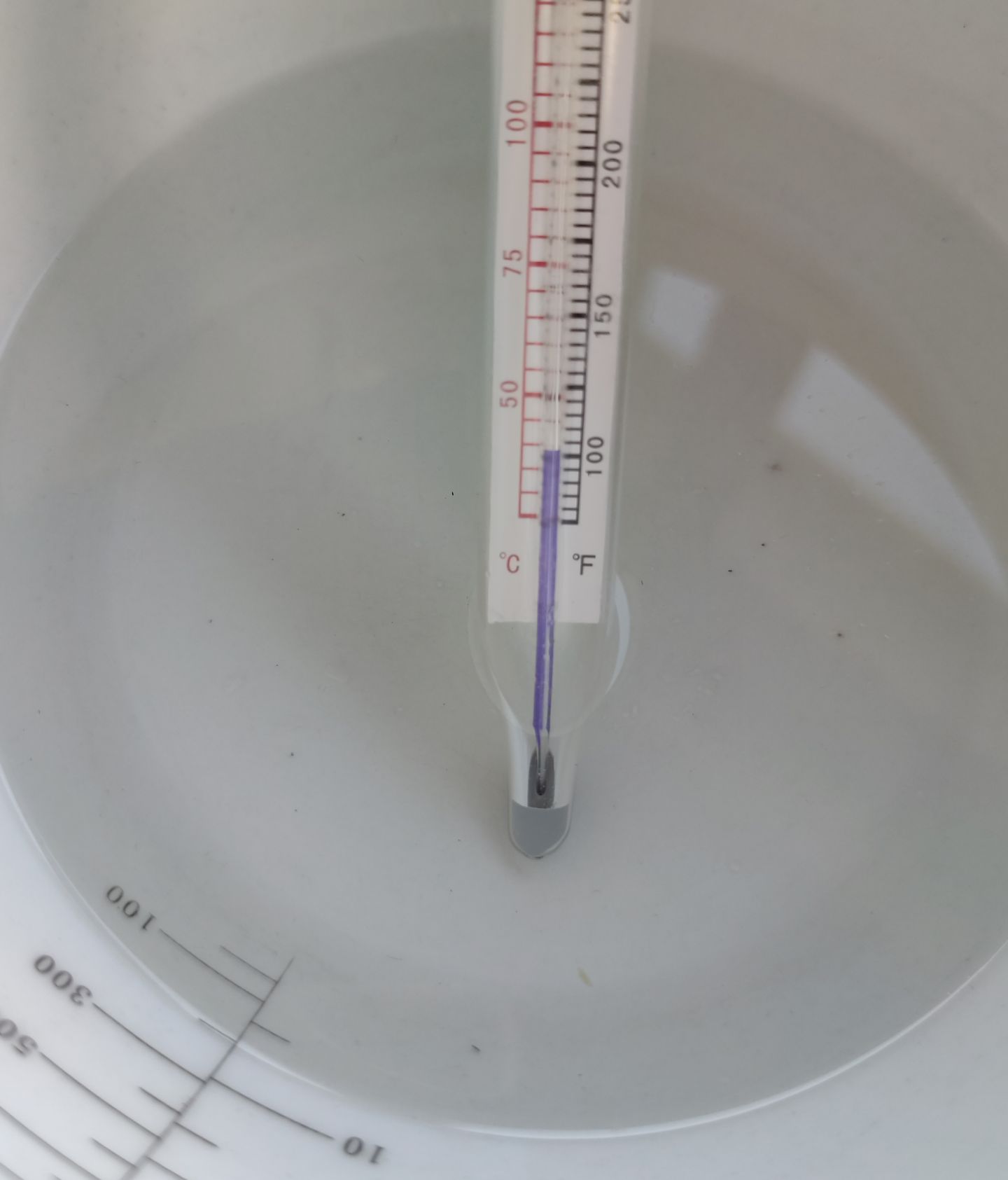
Heat the canola oil to a temperature between 45ºC and 40ºC.
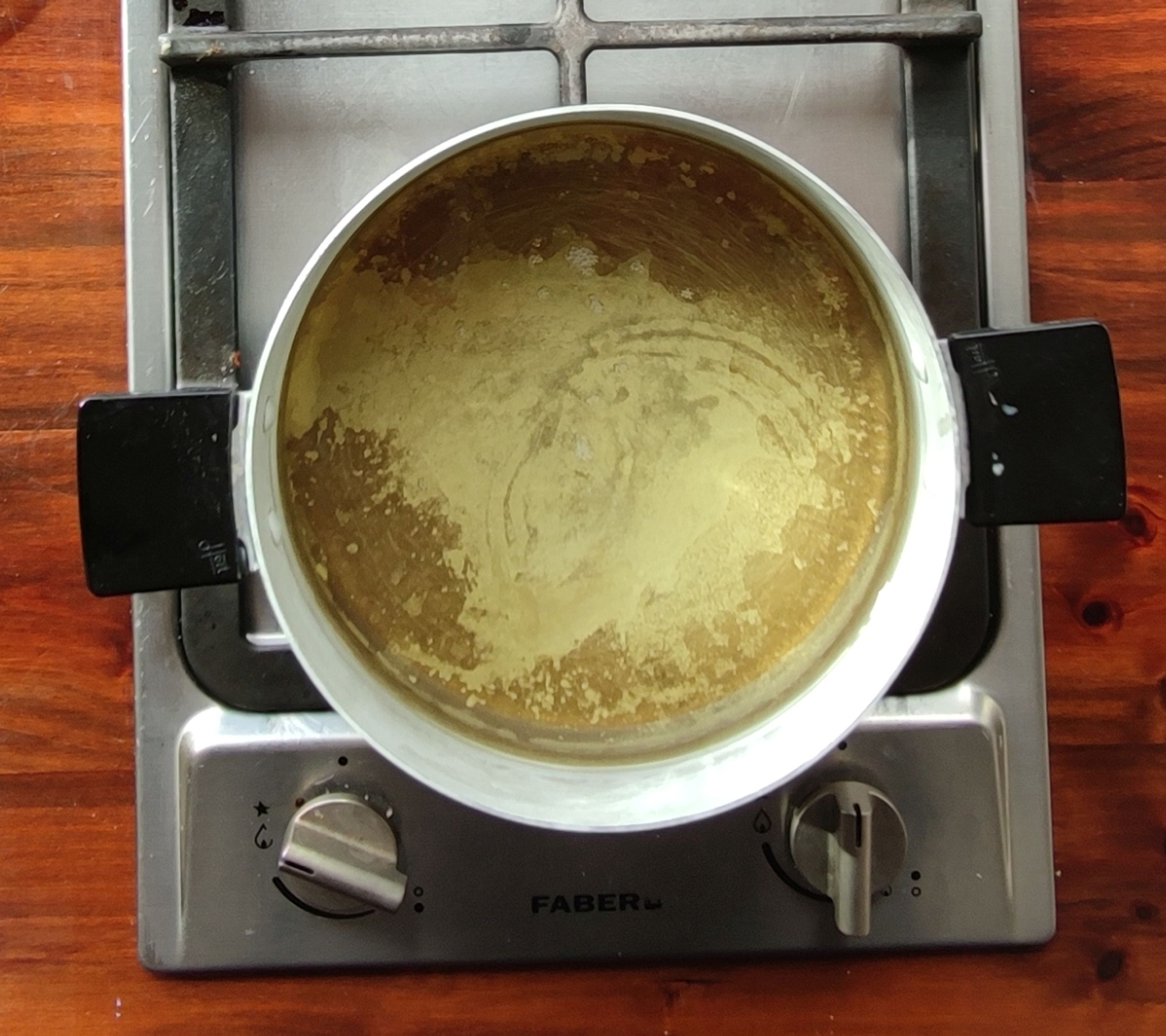
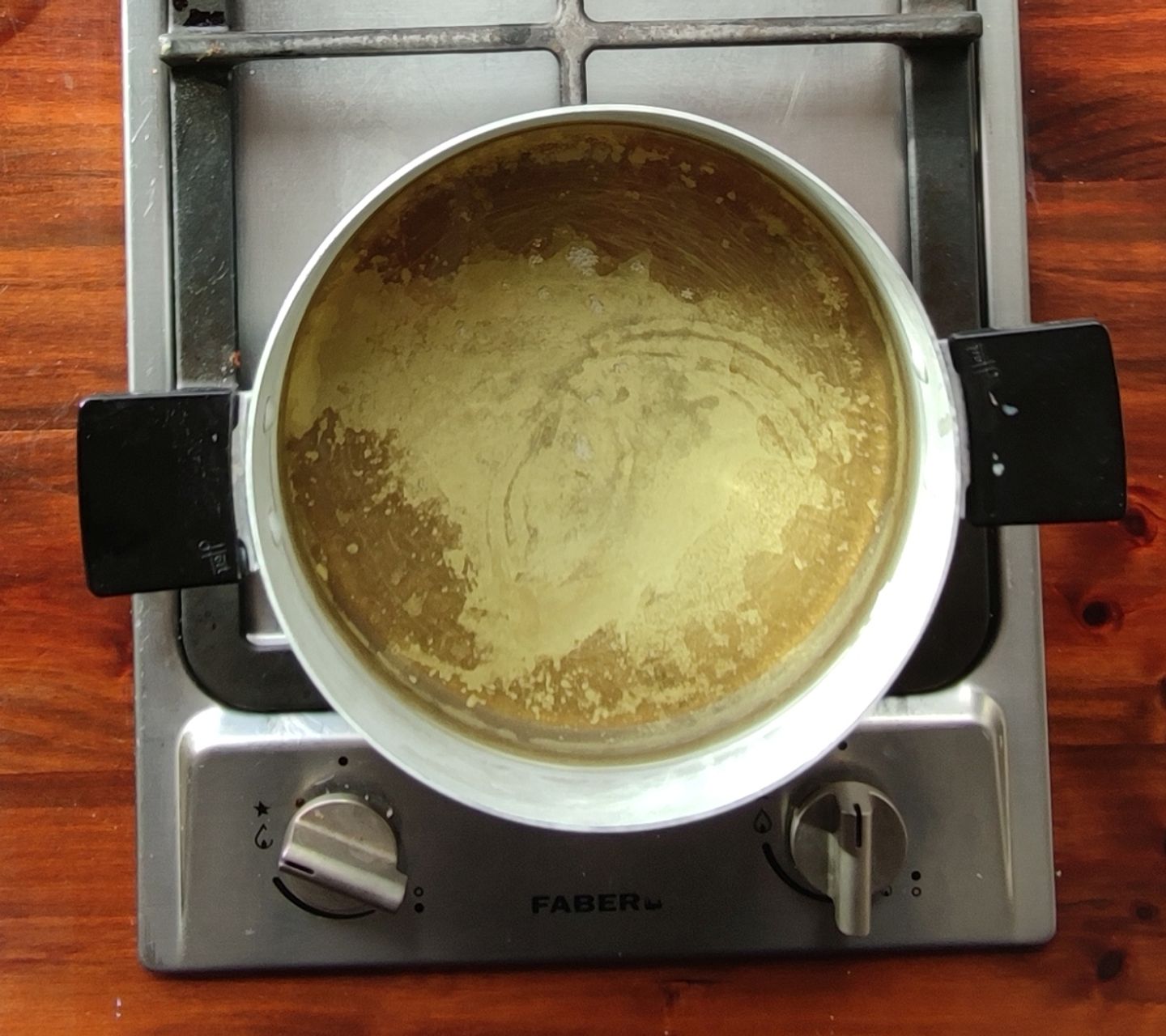
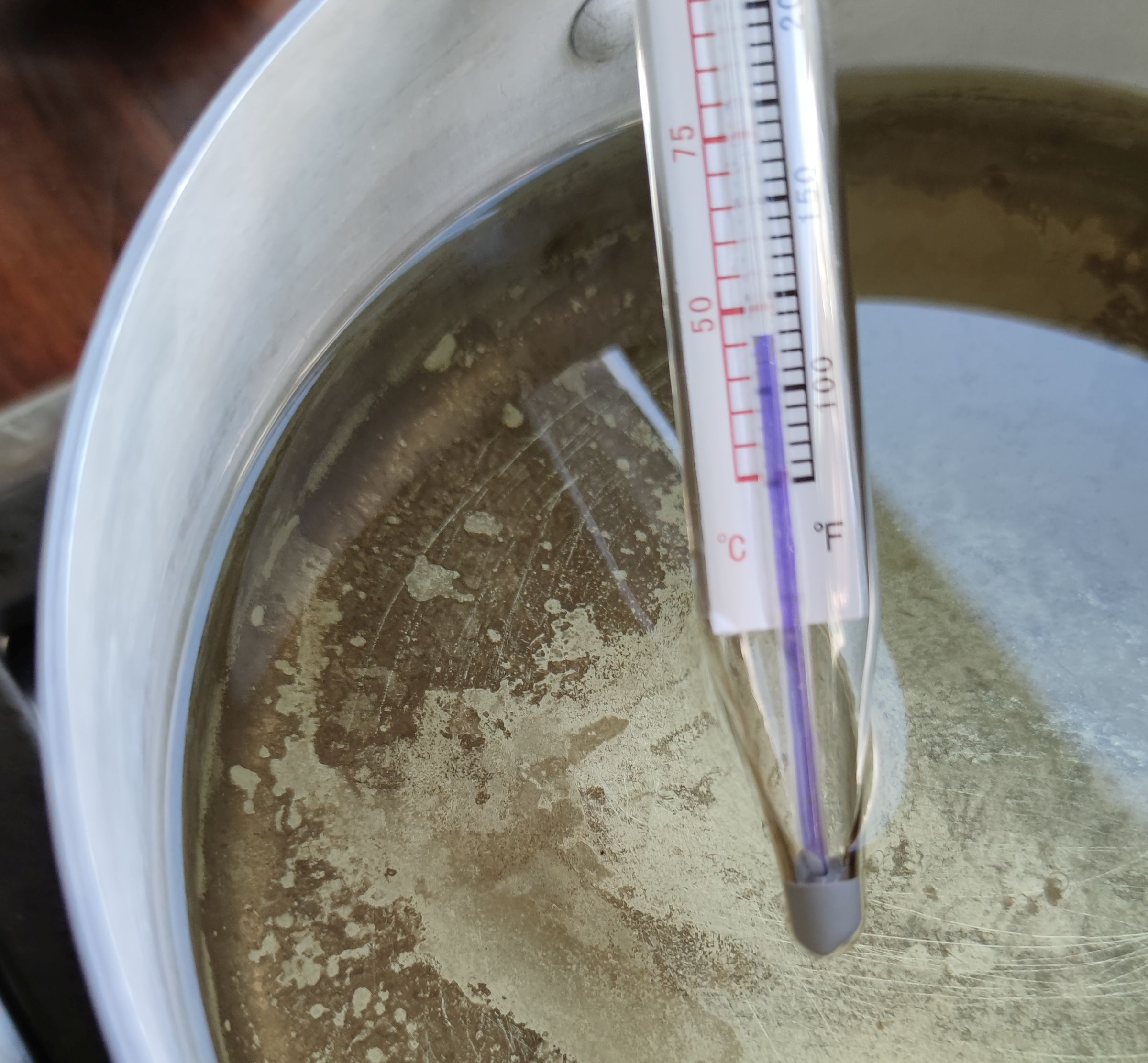
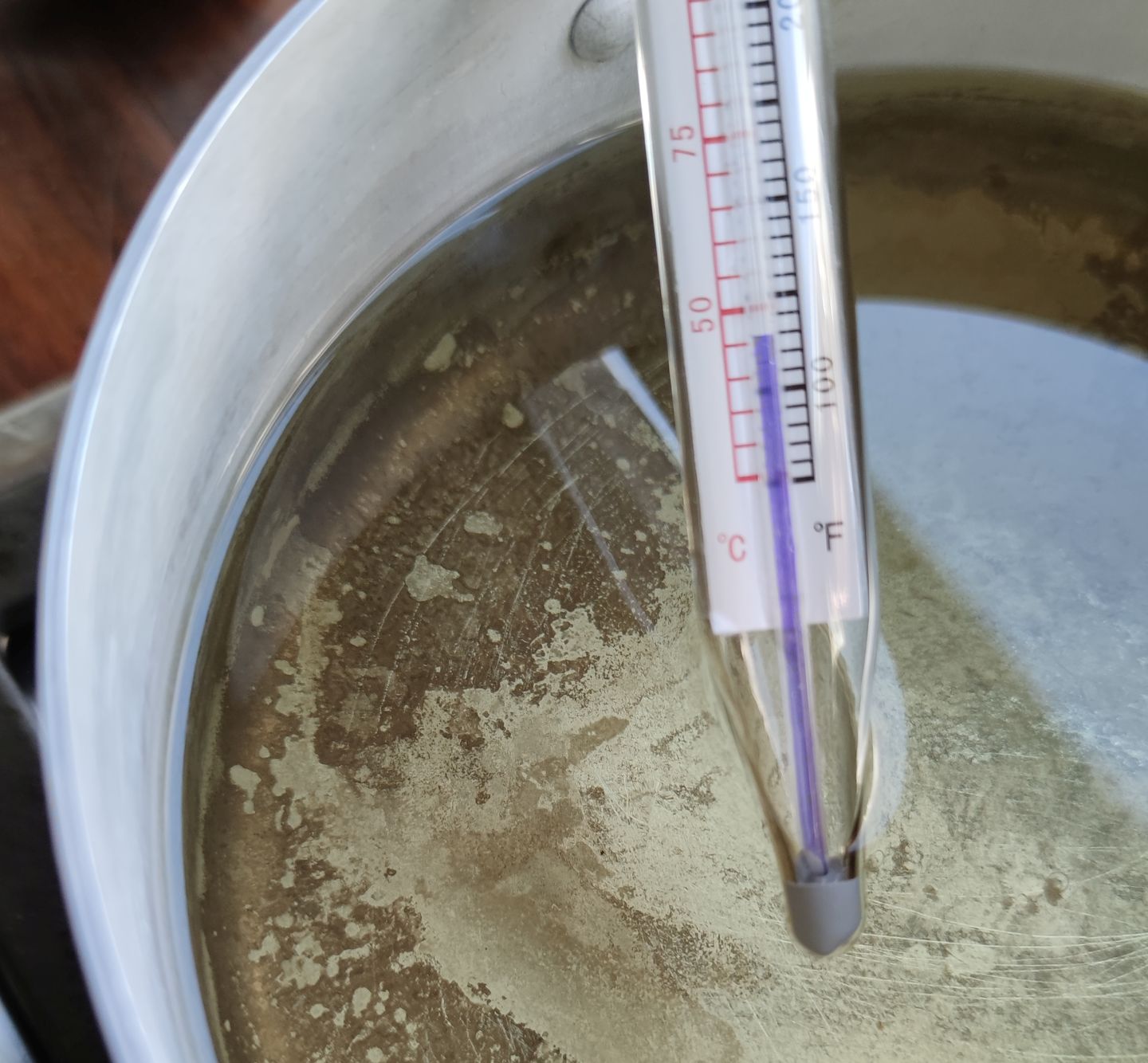
Carefully pour the lye over the oil and mix slowly with a spatula or spoon calmly and quietly.
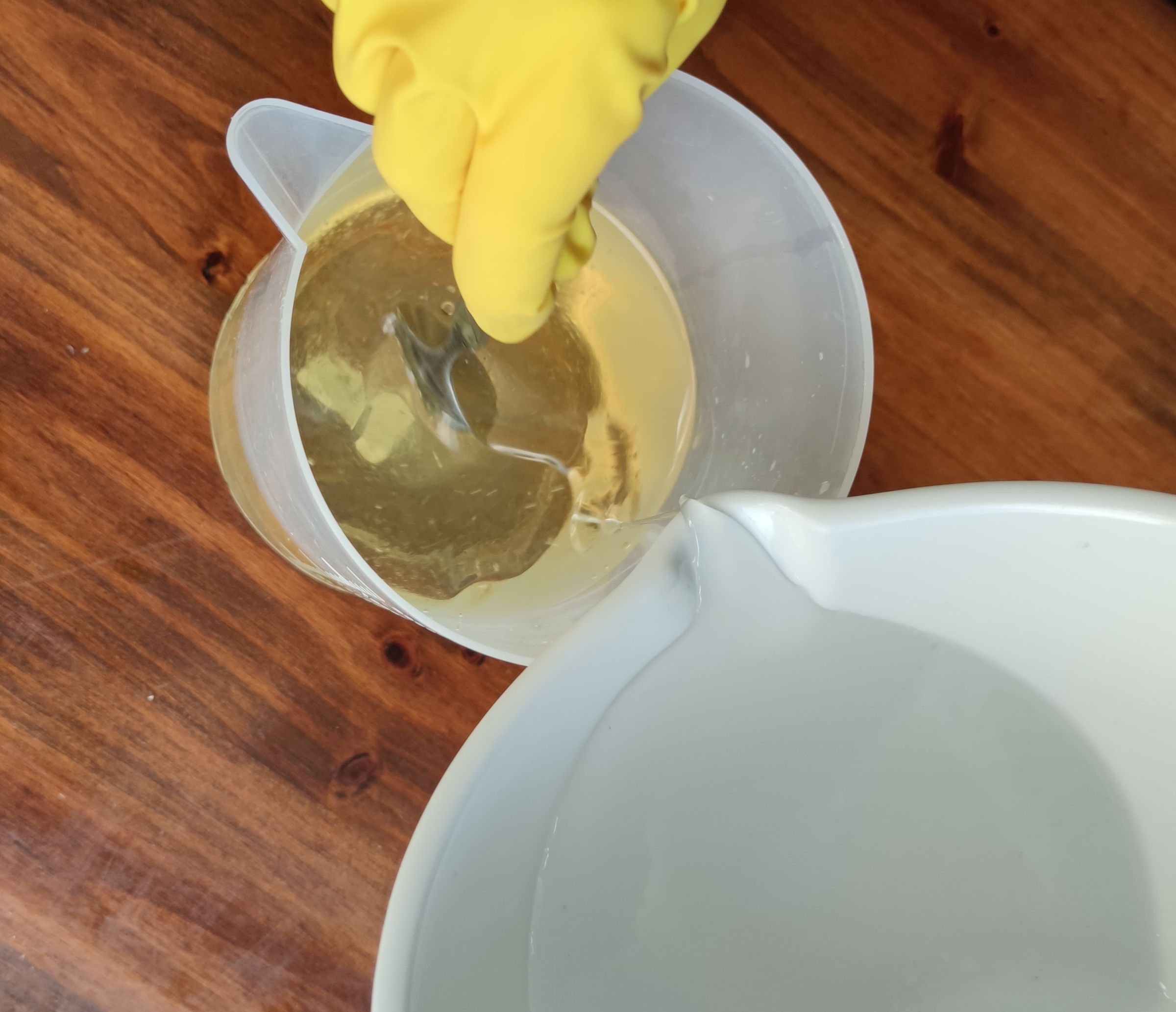
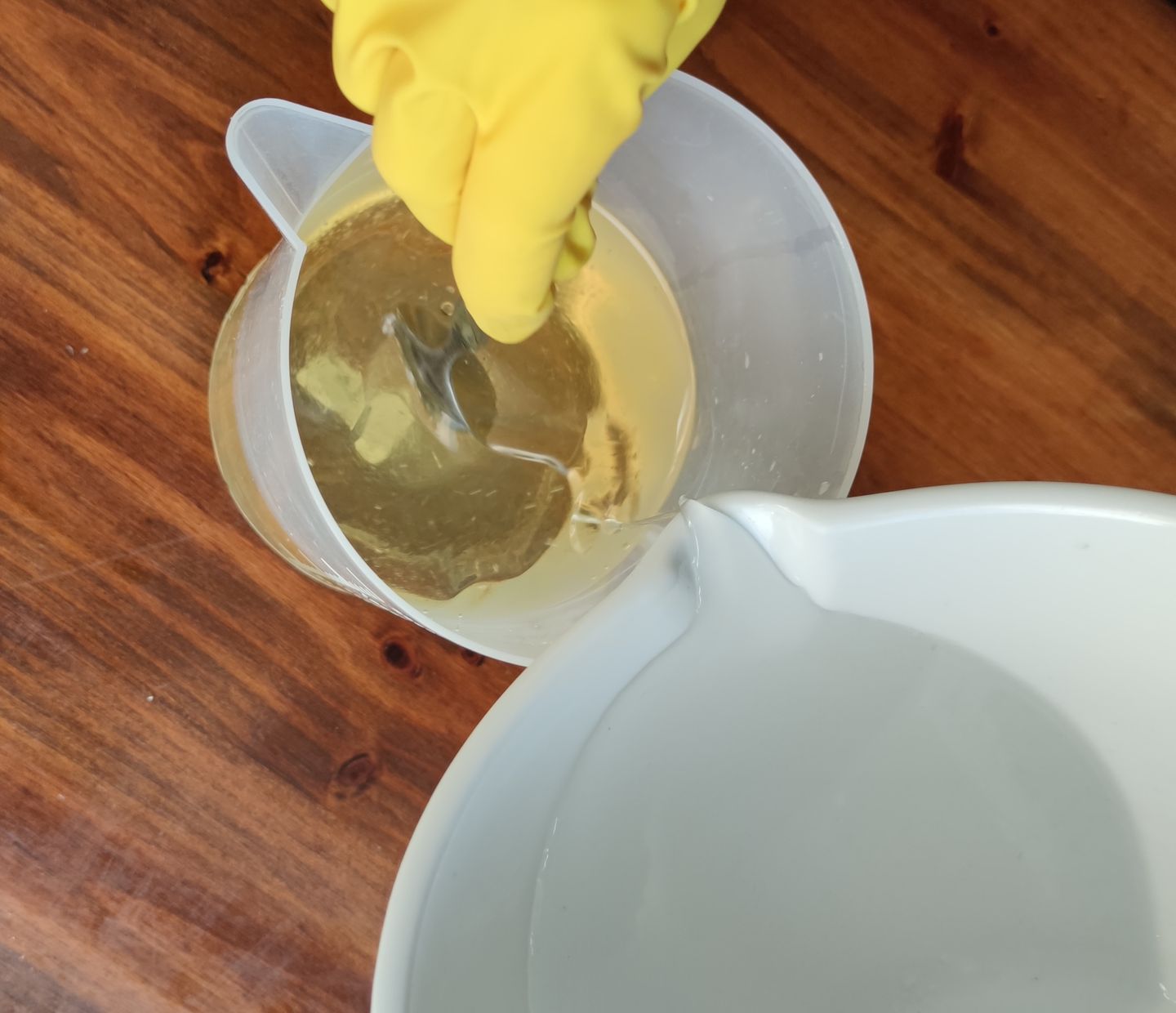
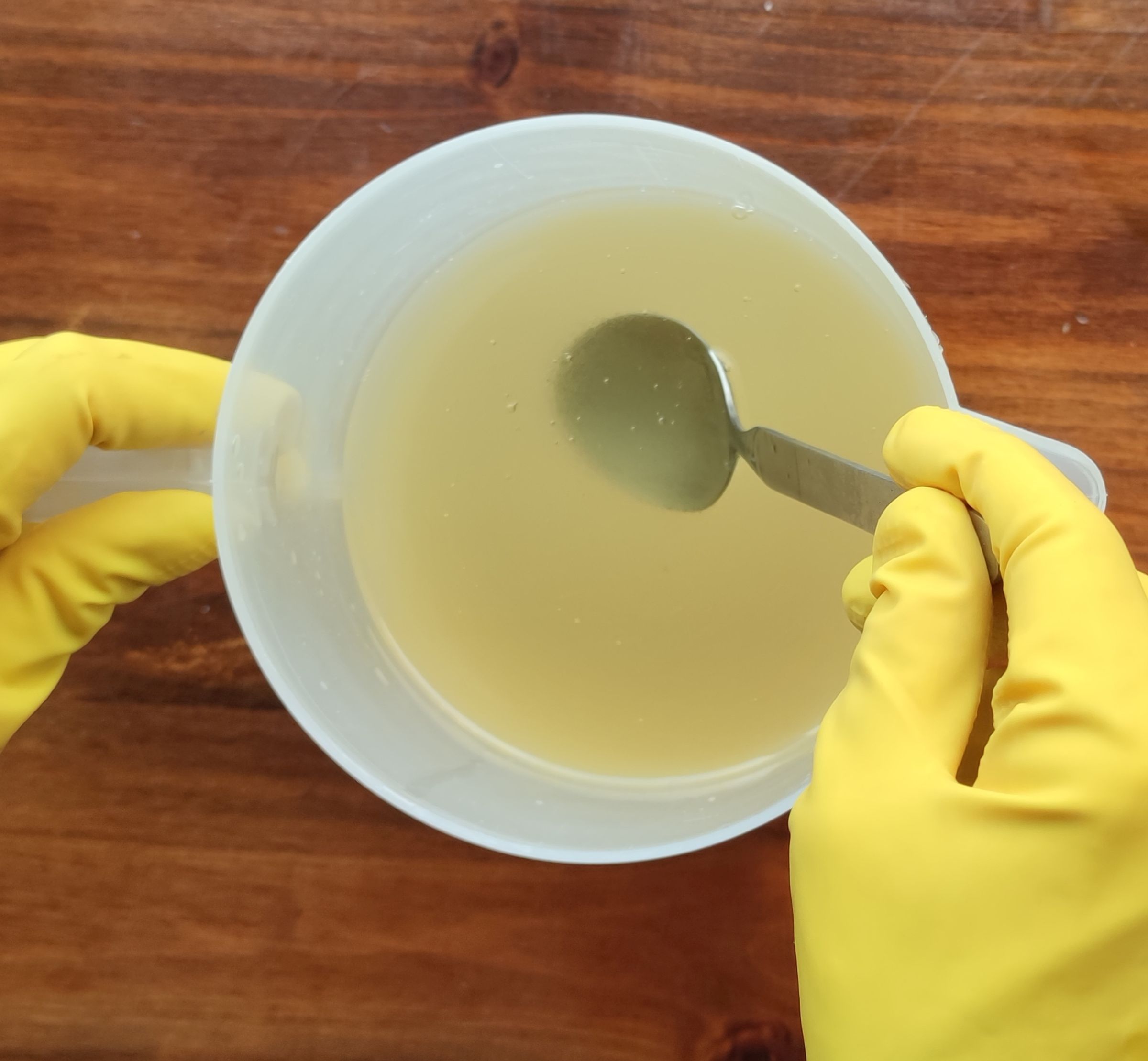
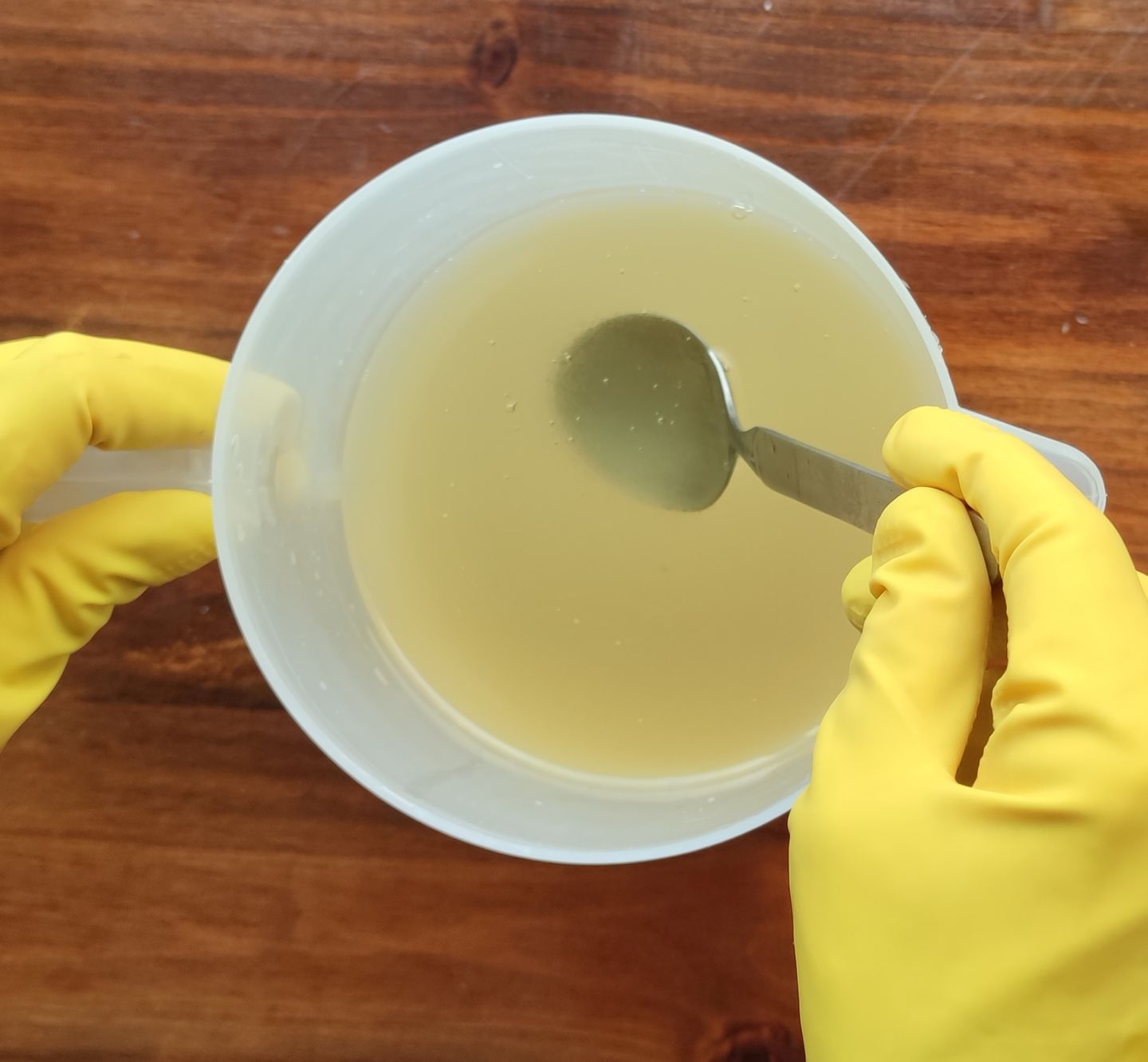
Put the blender on the bottom of the bucket, a little inclined to avoid producing too many bubbles. Turn on the mixer and count 3 seconds, then turn it off and continue mixing with it off counting to 10 seconds. Repeat this step until you perceive a light trace (similar to pudding texture). Put then fragrance and colour (optional) in it and mix very well.
Attention: do not wait until it is too hard as it may be difficult to pour it into the mold afterwards.
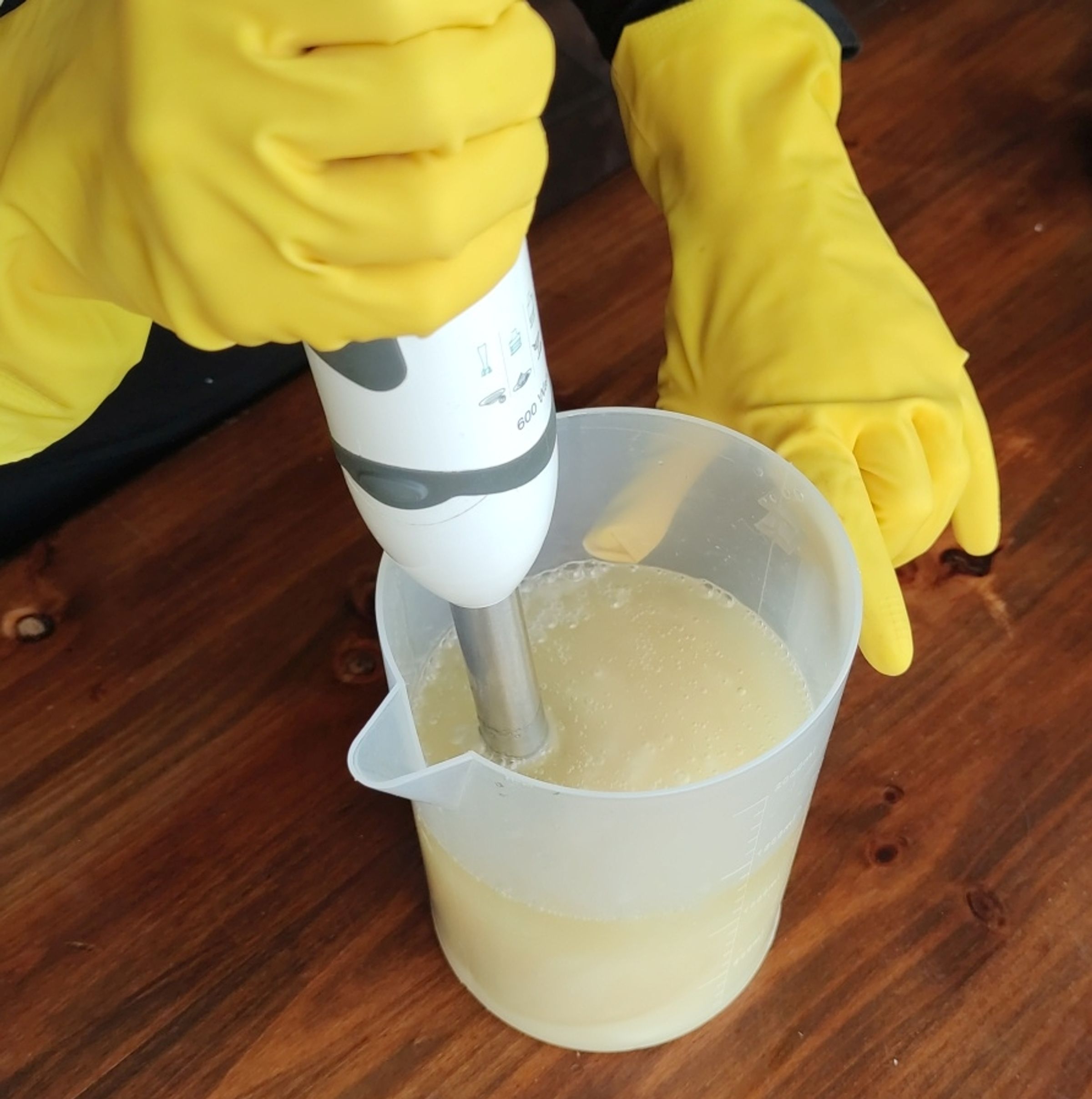
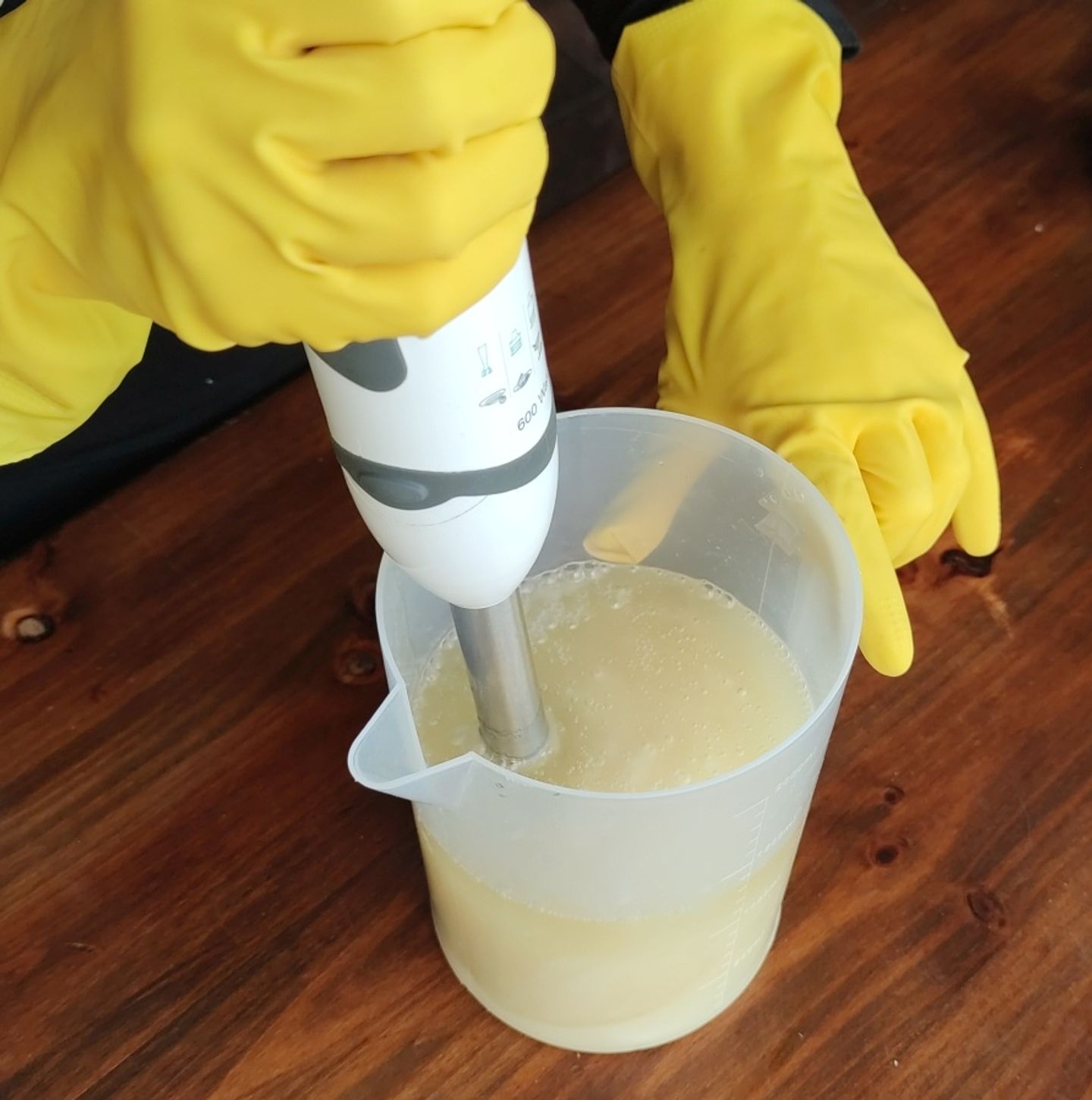
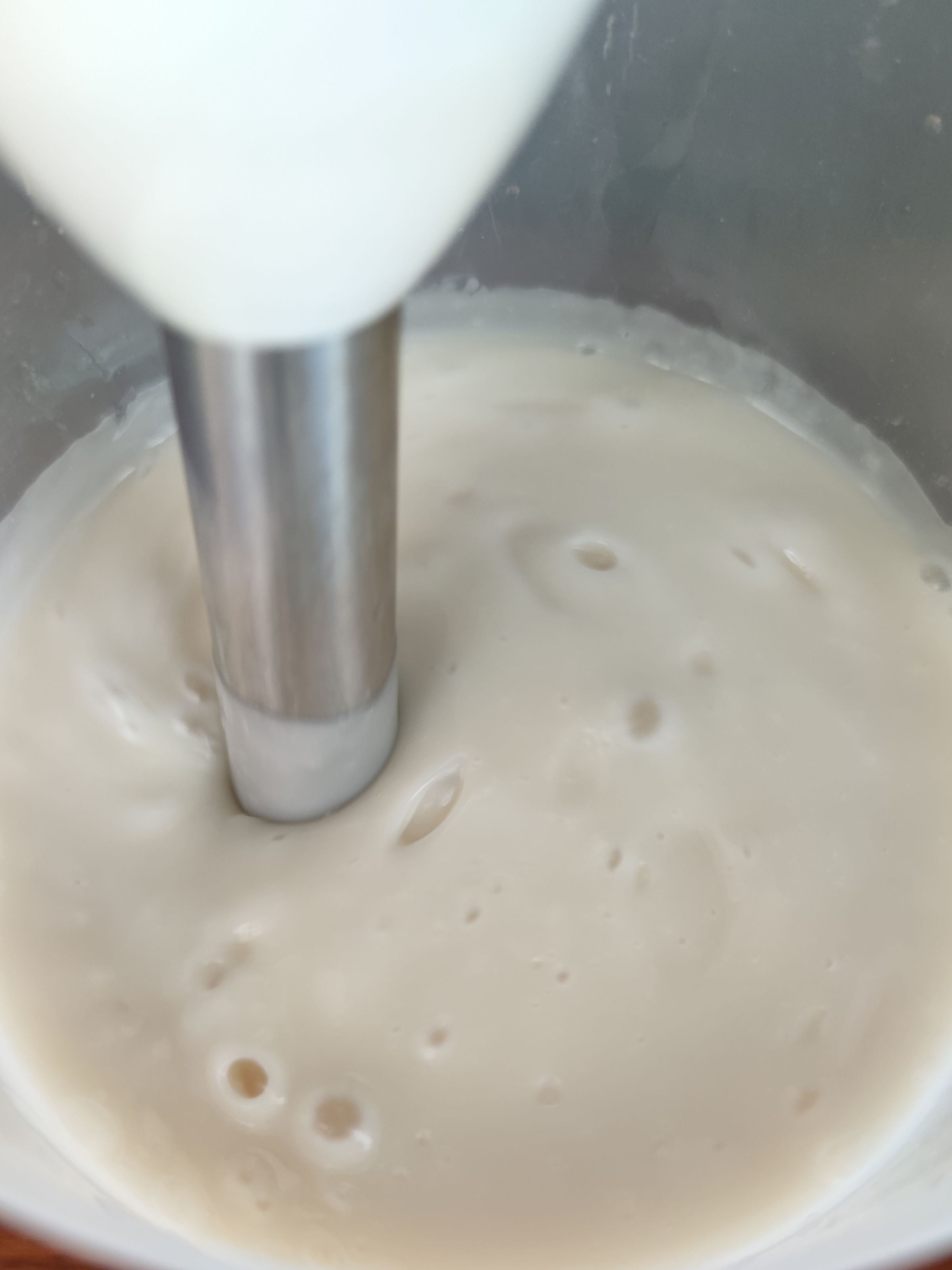
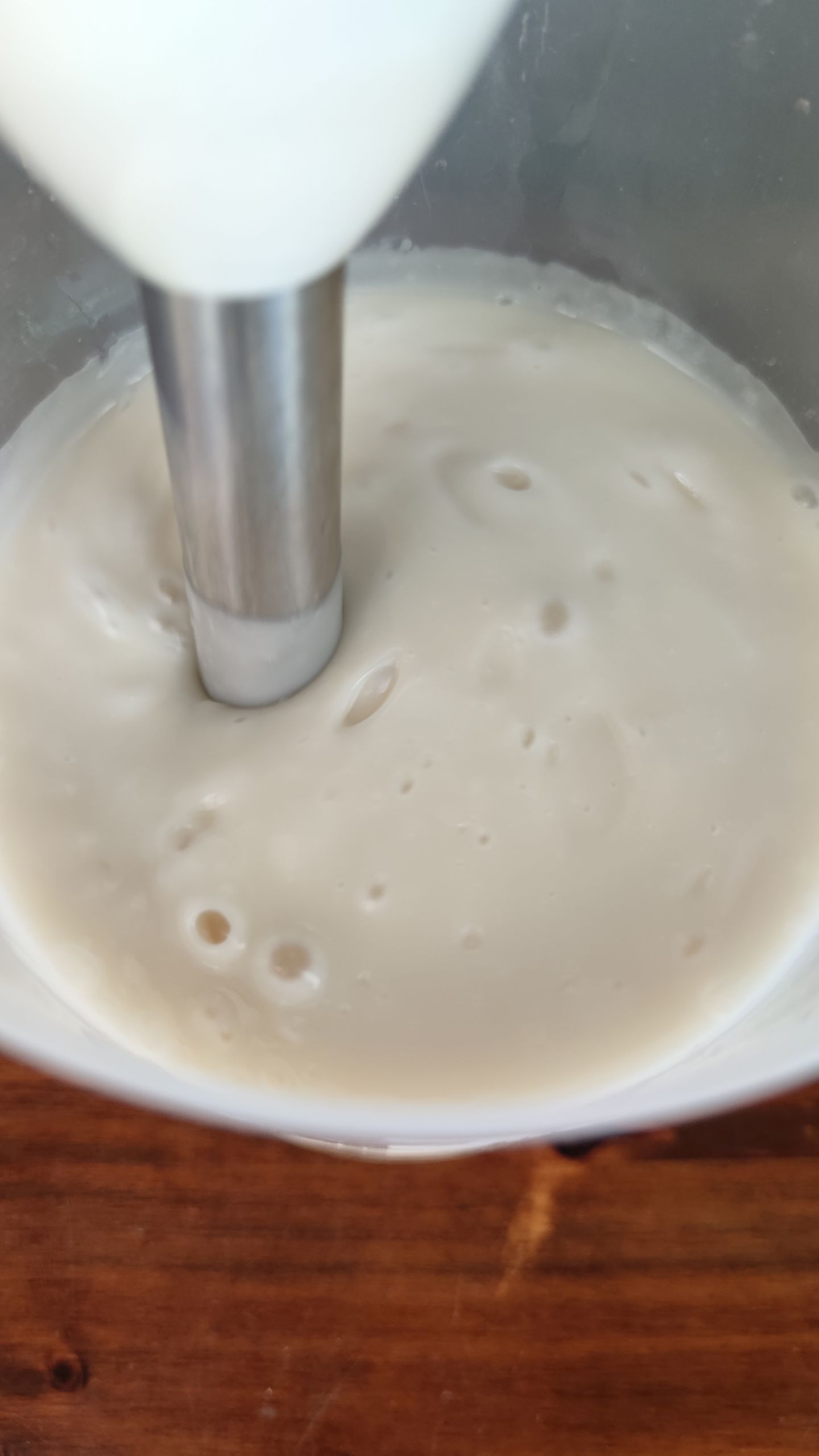
Once you’ve reached a pudding texture, pour the mixture in the mould carefully. Always knock the mold on the table to get rid of any potential air bubbles and help the dough fit the mold better.
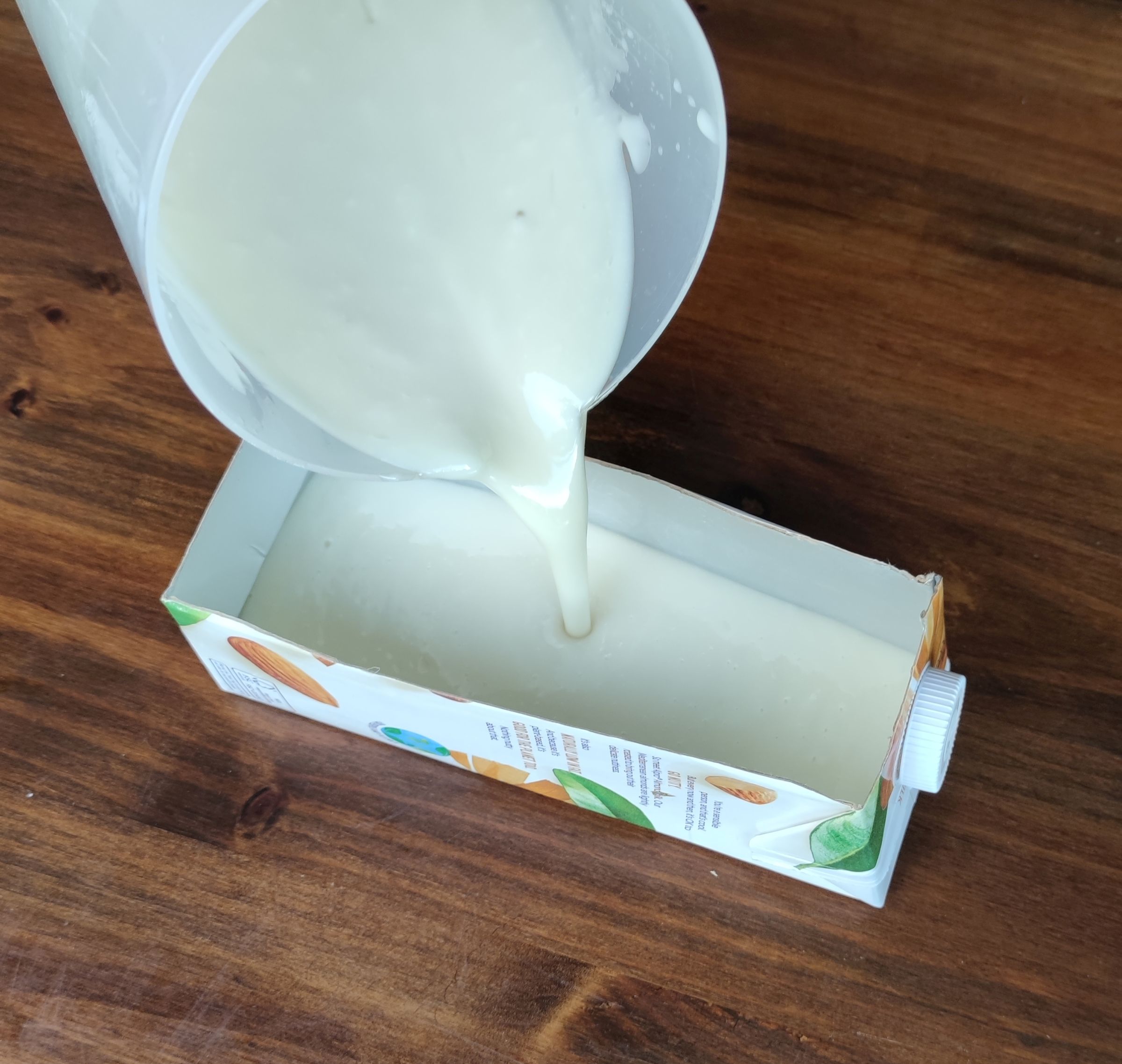
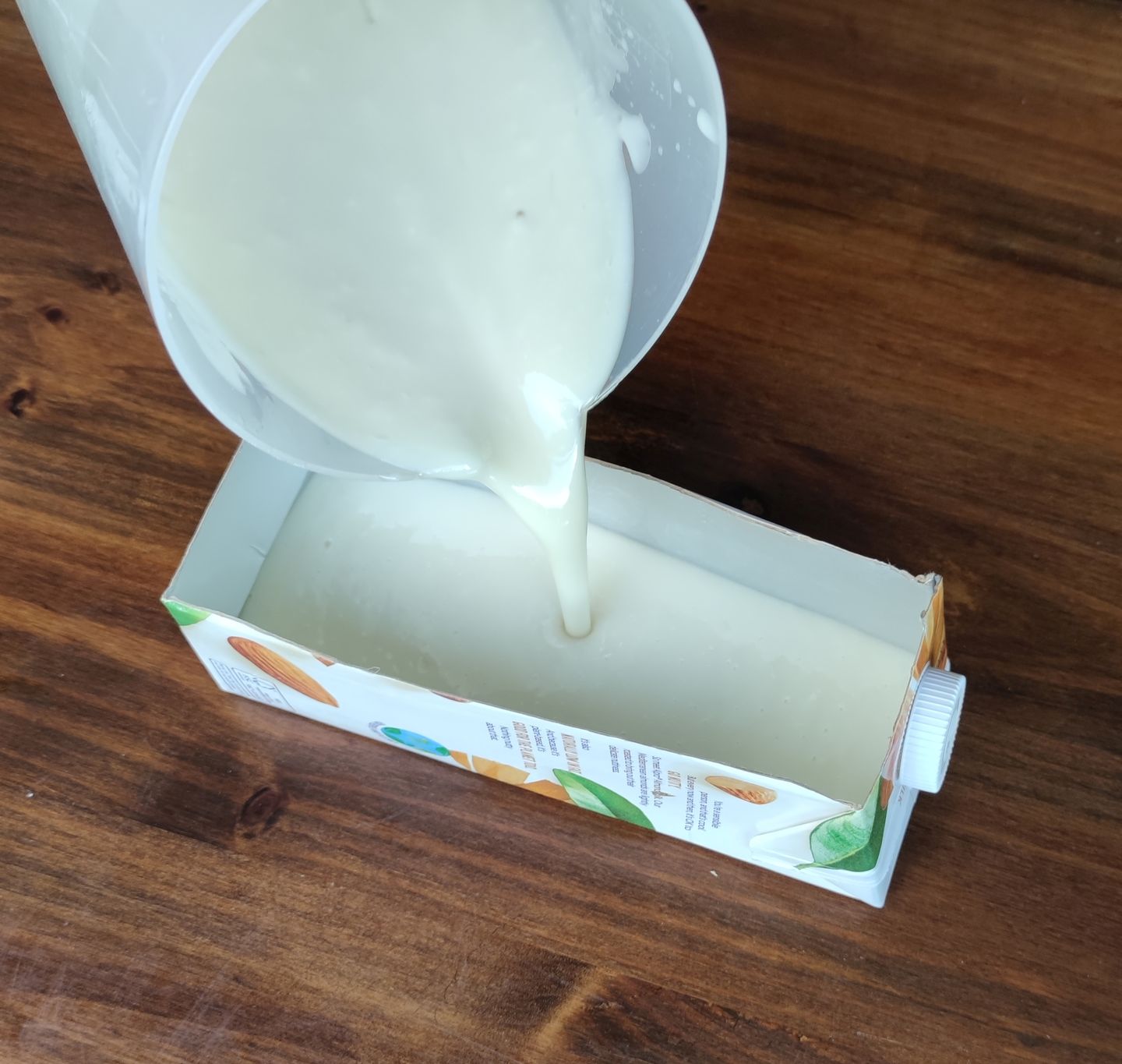
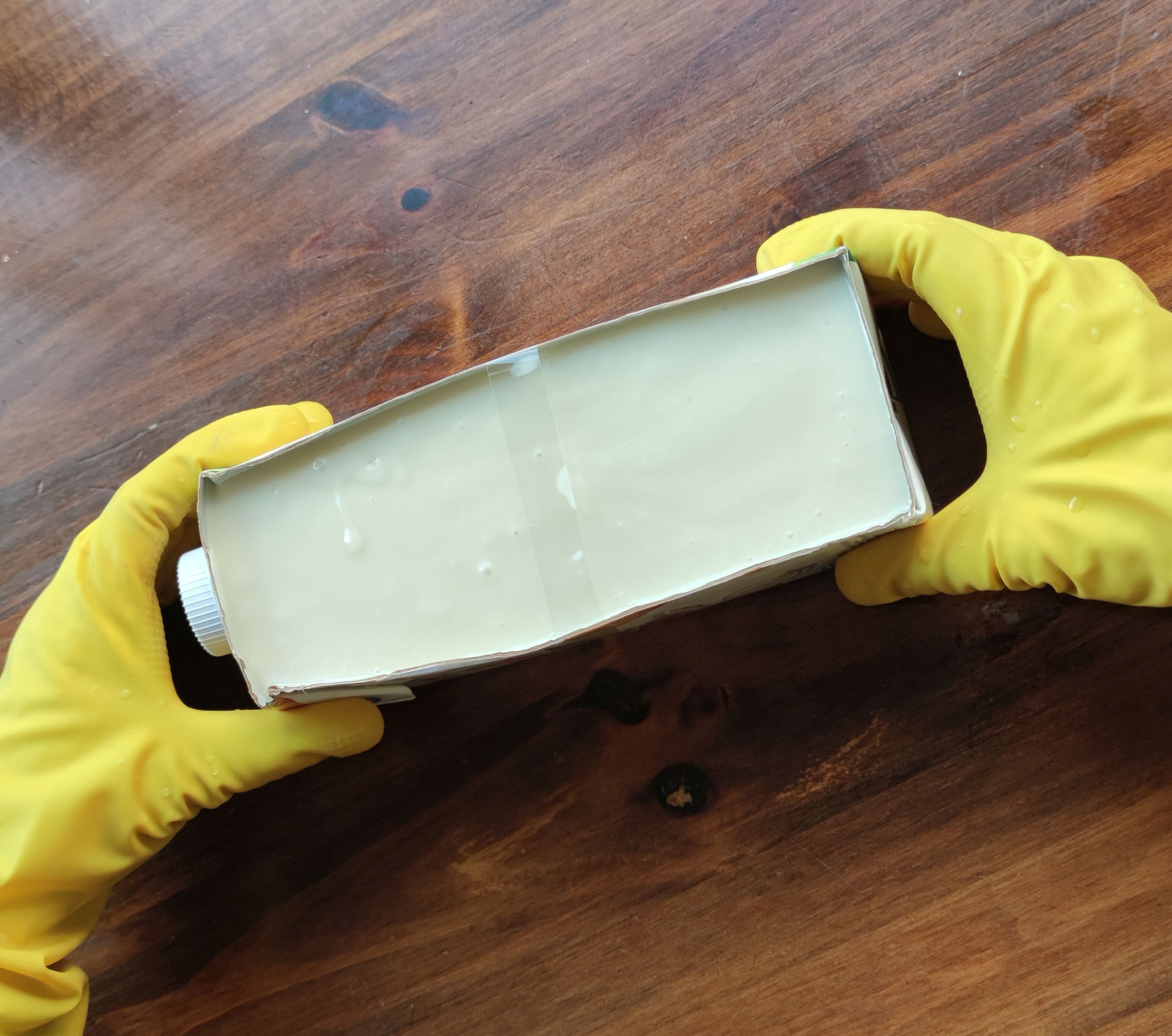

Place the mold in a warm area of your home and cover it with a towel. Check the bar’s hardness after 24 hours, take it out of the mold, and cut it into smaller bars.
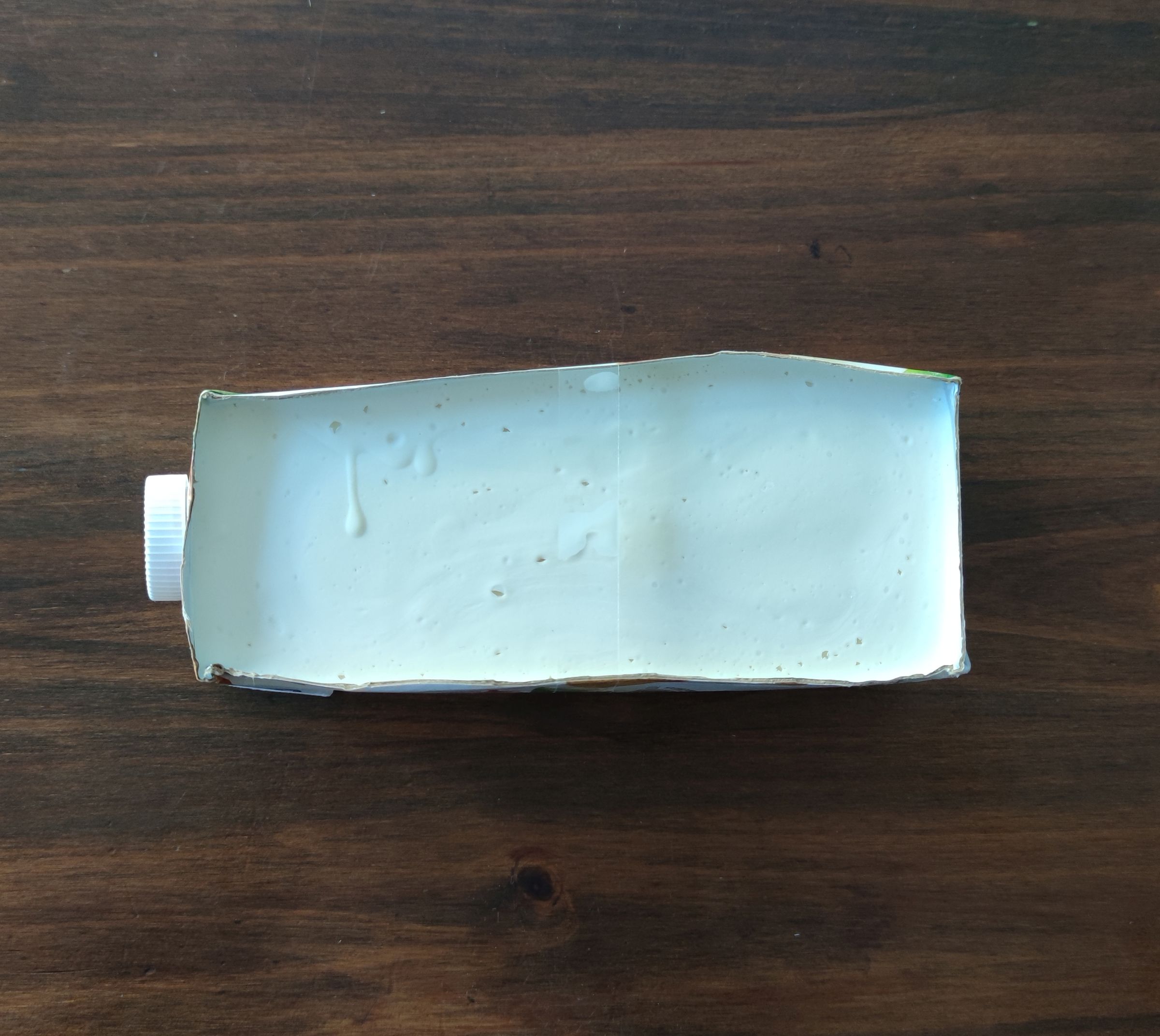
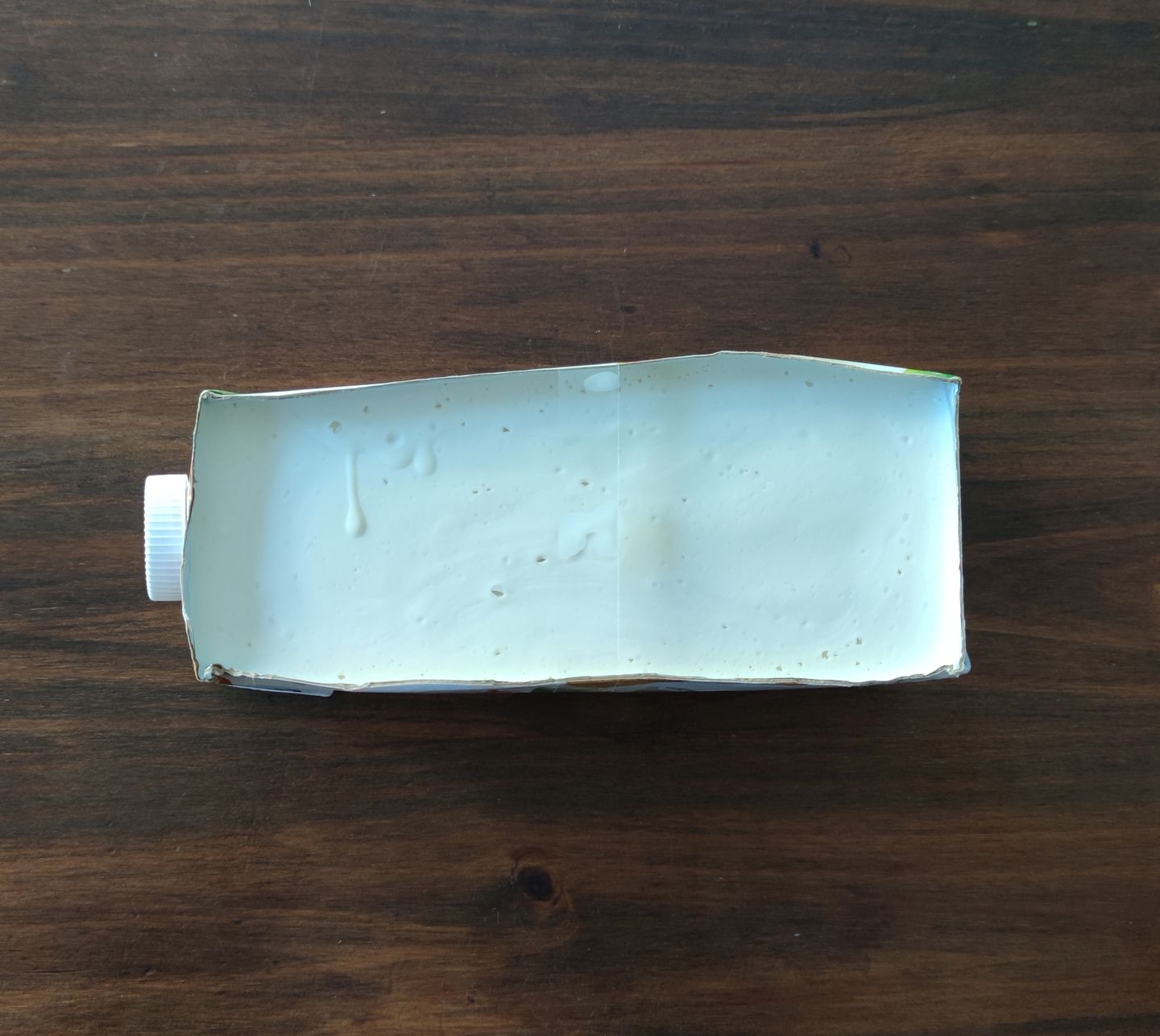

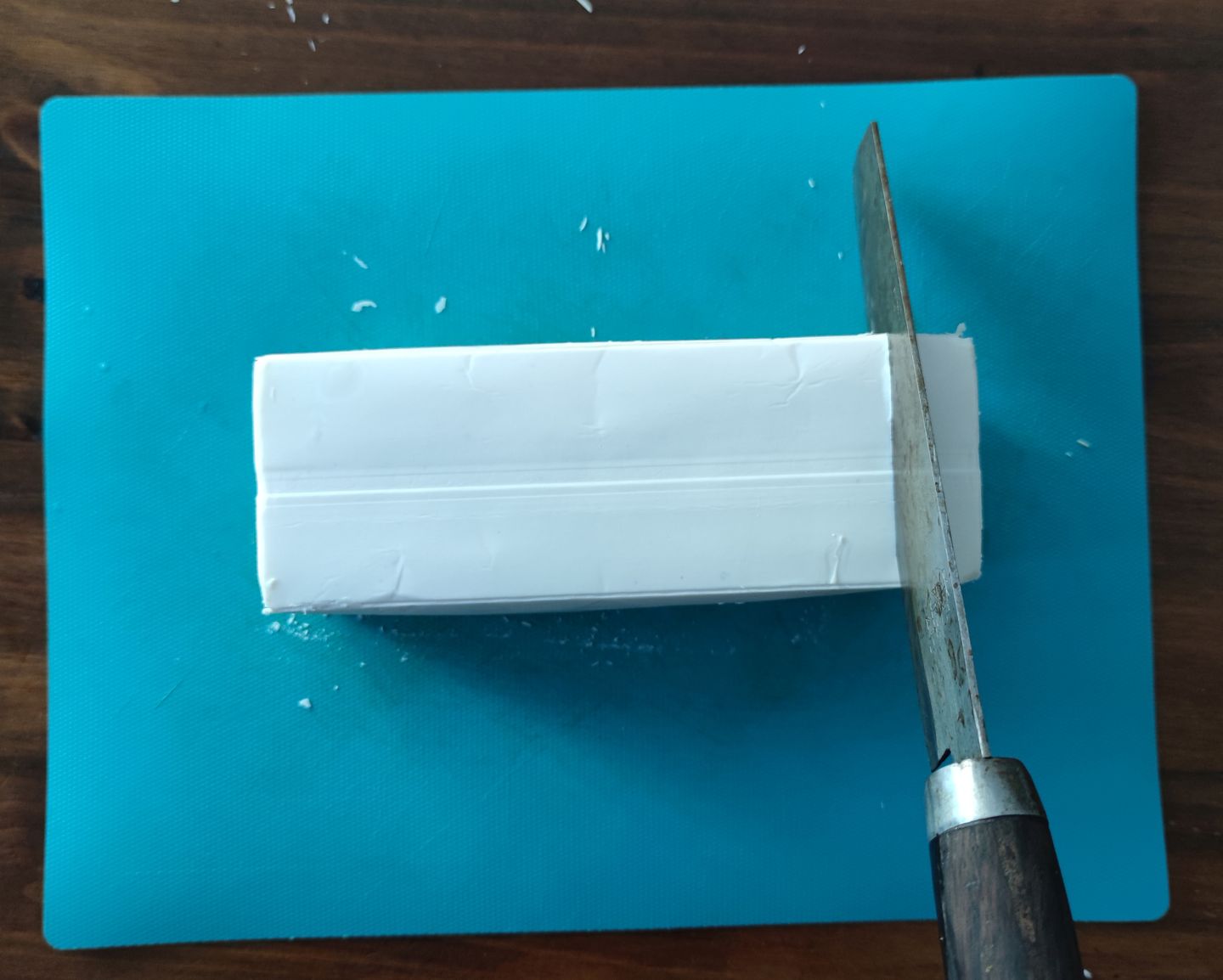
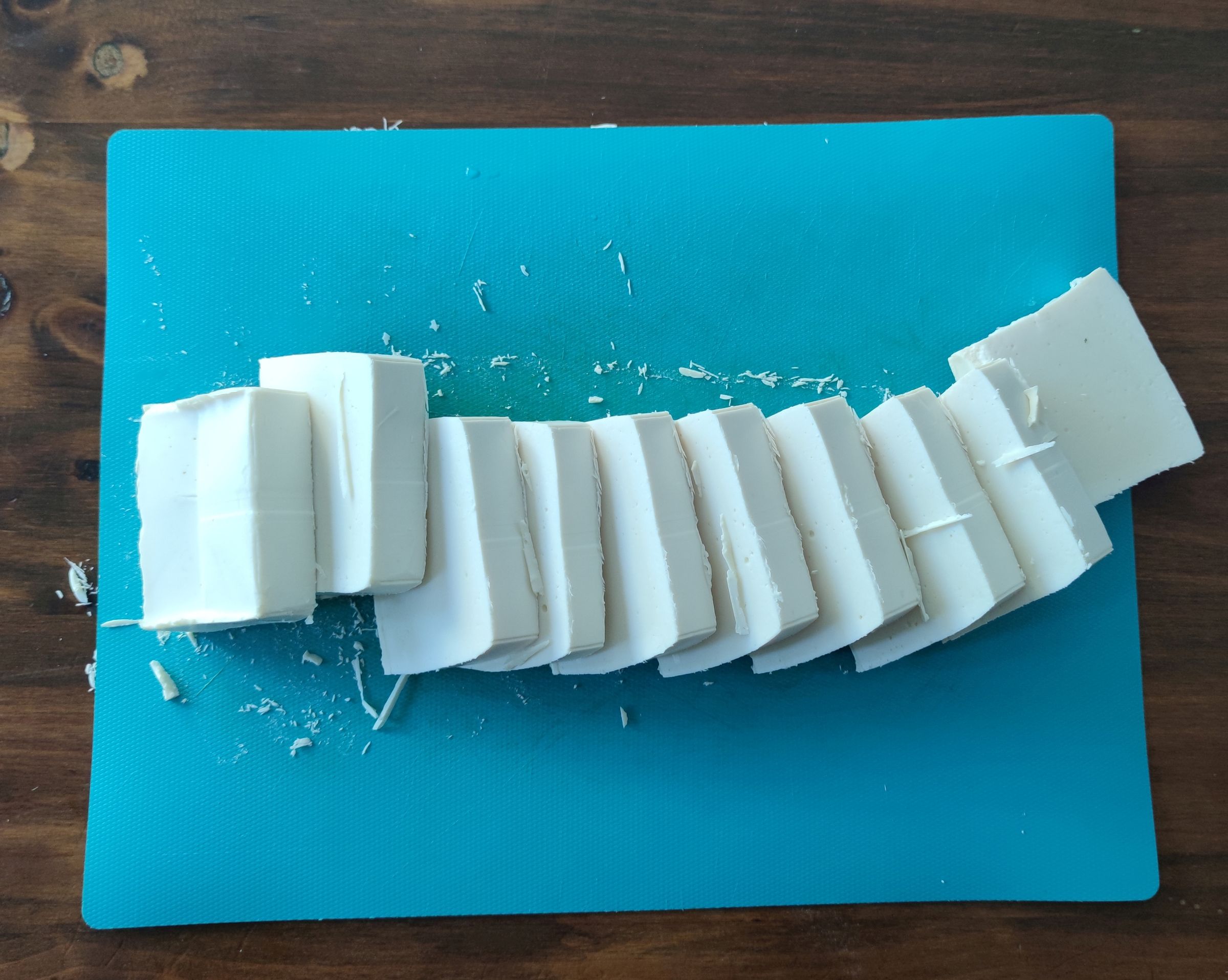

Place the bars to cure for at least 4 weeks with 2cm spaces between them. Keep the bars in a dry place away from direct sunlight.
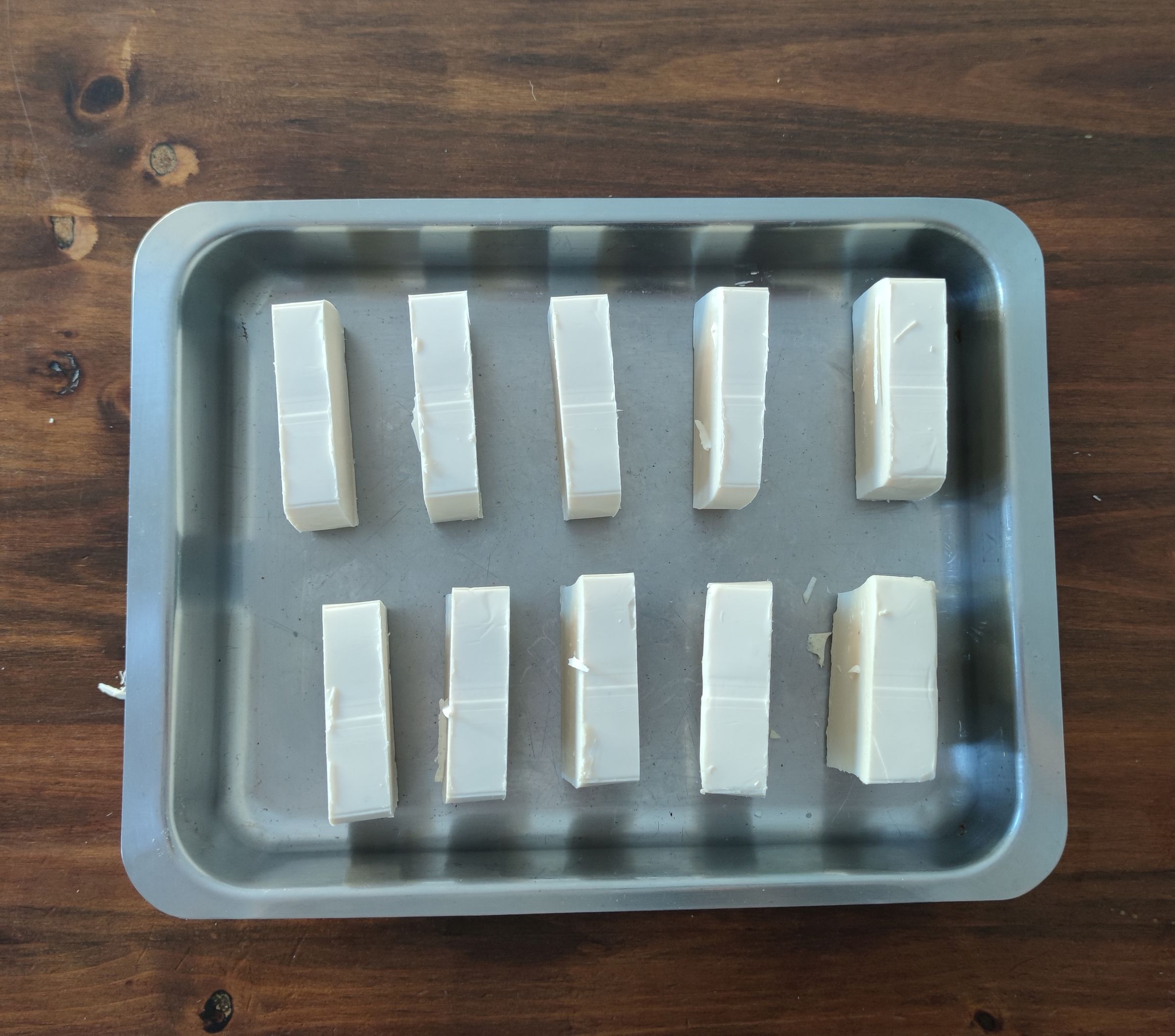

After the curing time and before using the soap, you should measure the pH by removing from the centre of one of the bars 1g of soap and dissolve it in 10g of boiled water. If the pH is between 8 and 10, you’re ready to use it! If it is higher, give your soap a few more days to cure and repeat the test.
If you cannot afford PH stripes, you should wait at least 5 weeks to make sure that your soap is not aggressive to the skin.
Safe money and the environment
Vinegar and bicarb are really great products for cleaning. They are...

Grow with less soil
Make your own garden even if you do not have much space and soil.

Easy recipe, saving 30 min. of gas/electricity
Utilize your smart cooker box , smart cooker from blankets, or wonderbag for...
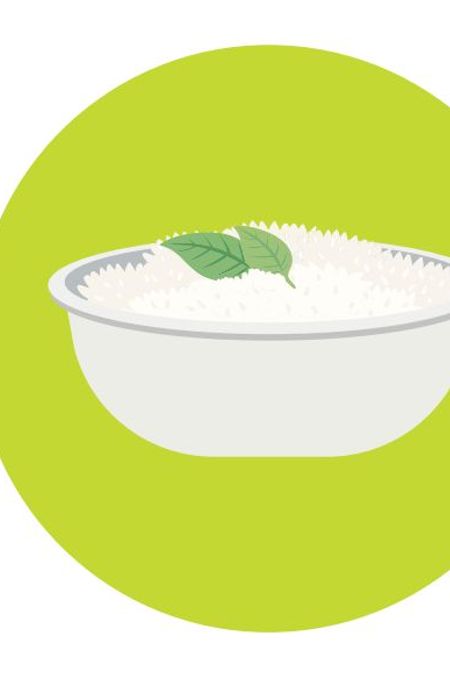
Clean your water from pathogens.
You and your children can get very sick from contaminated water.
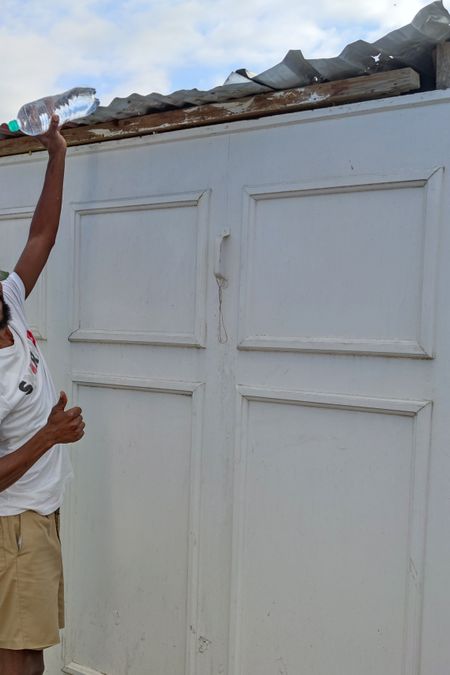

On dooiy you find fun and easy hacks that make life easier. Just follow our simple step-by-step guides and create something for your home or community with little materials and tools. Want to start a business? dooiy might be the perfect starting point for you.

from dooiy
You don‘ t have to be an expert to start making with dooiy. Just choose an easy hack and get going. After you made a few, I am sure that you will come up with your own ideas.
dooiy is being developed by passionate people in Germany and South Africa.
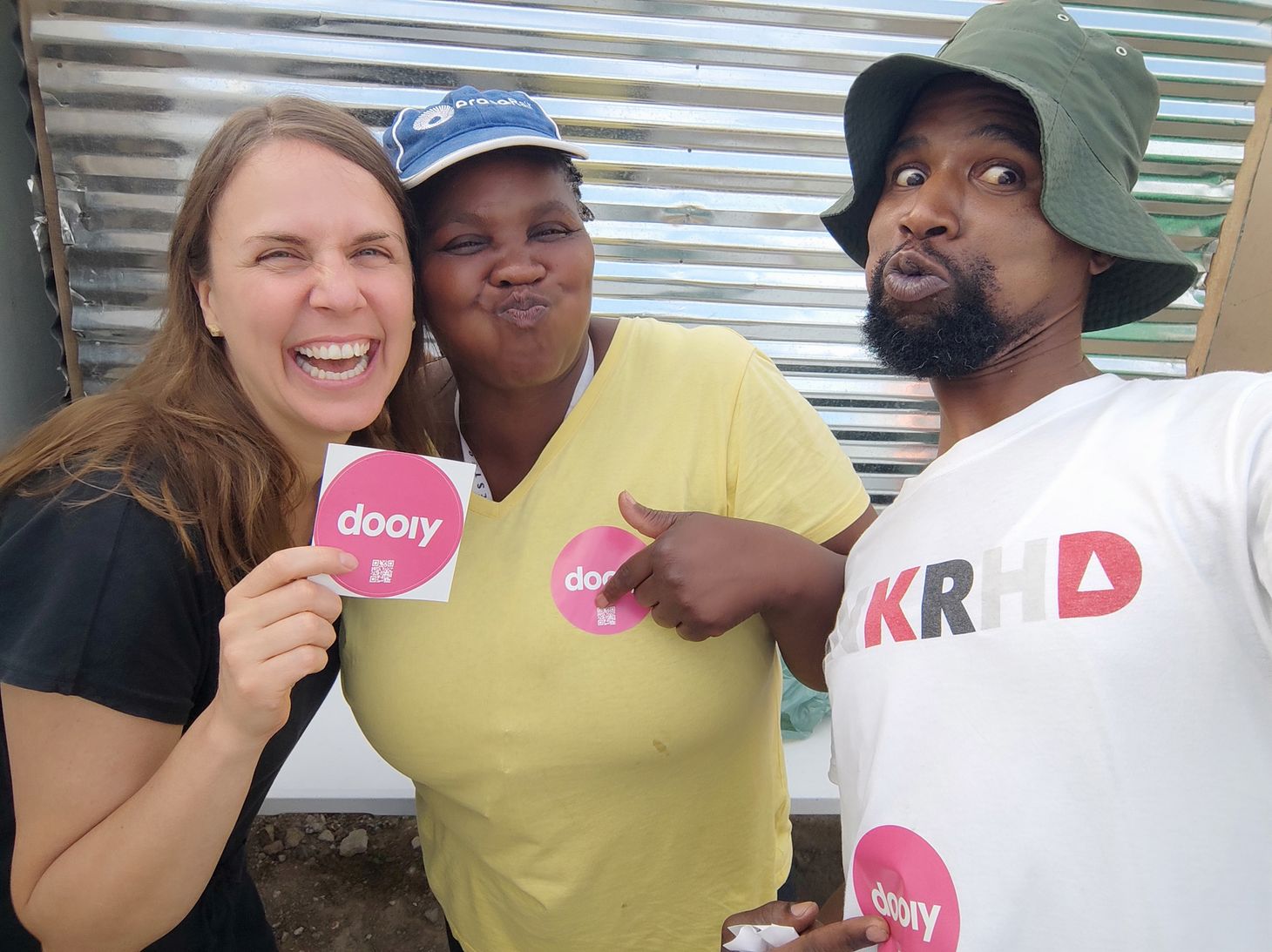
To fulfil our vision, we are looking for partners, volunteers, donors and people who spread the word.
Learn moreand become a partner
